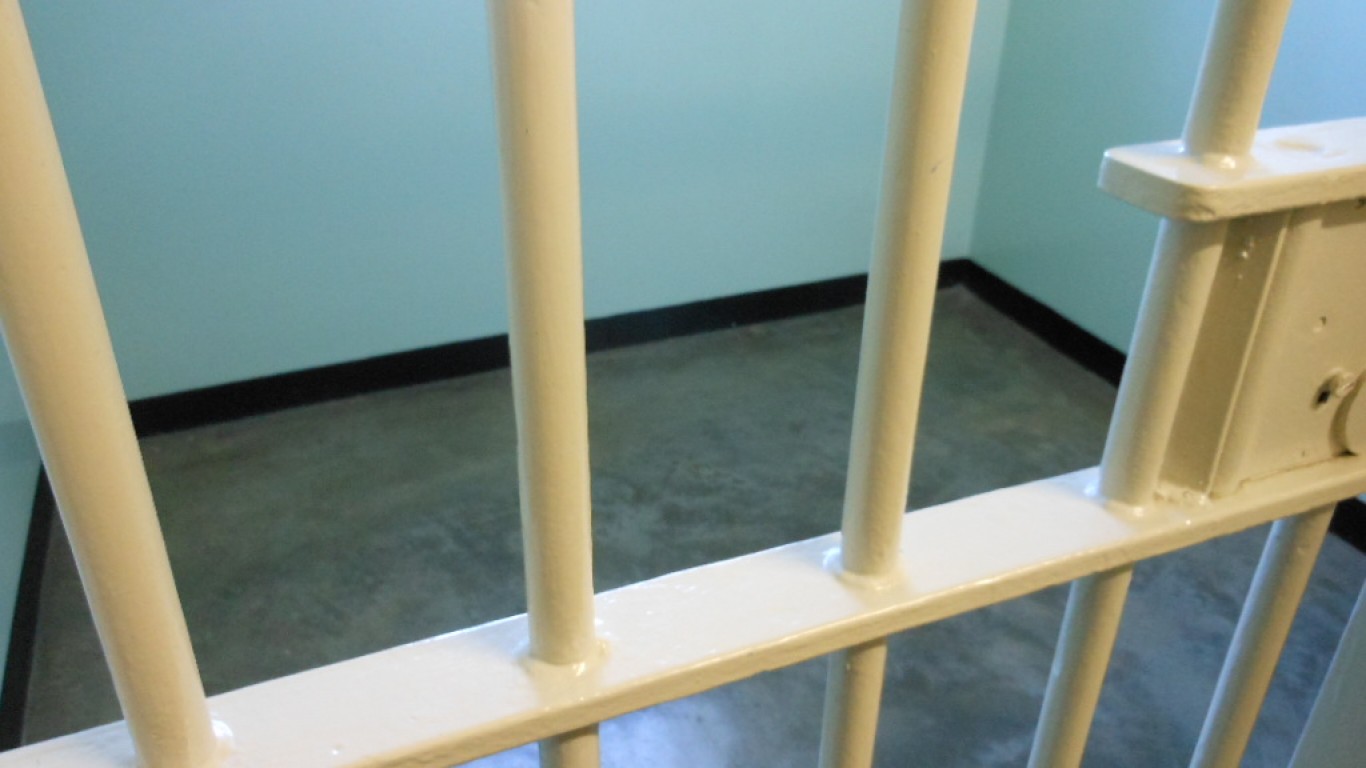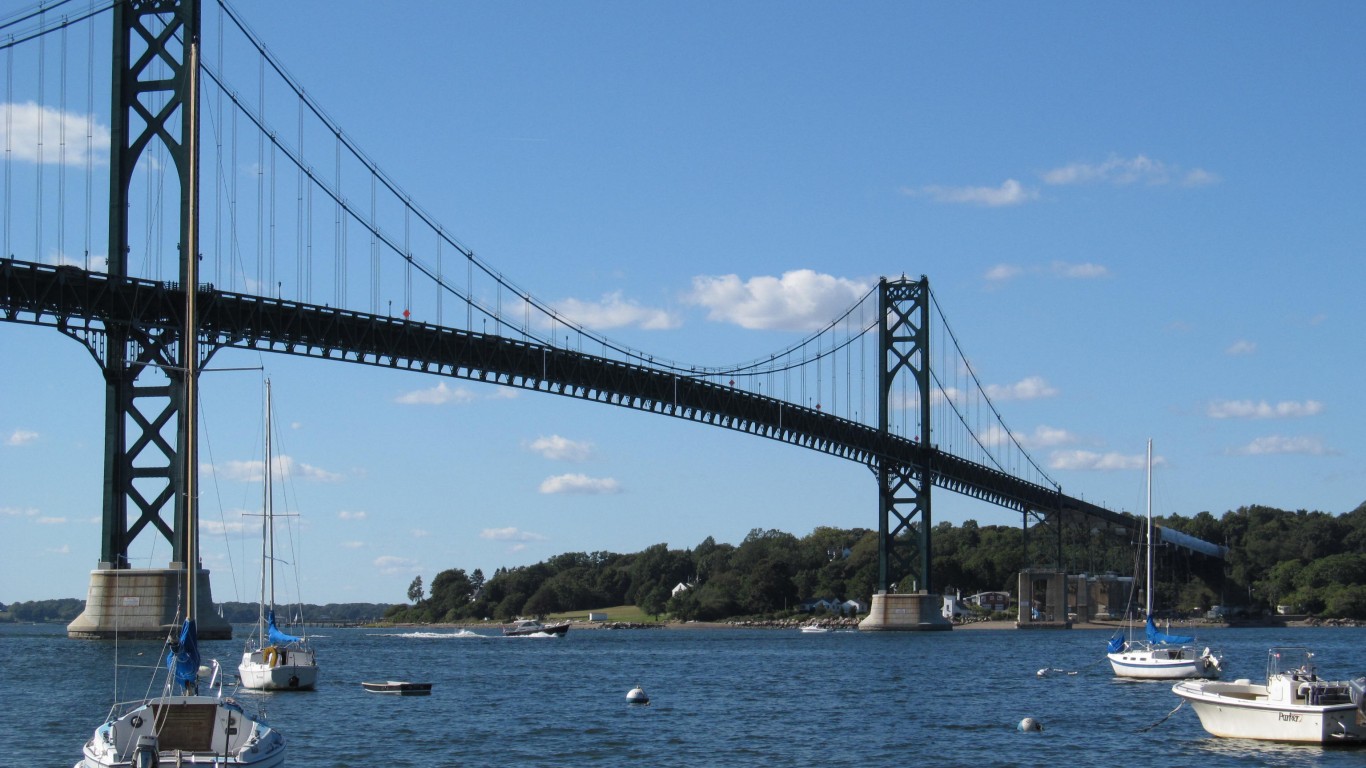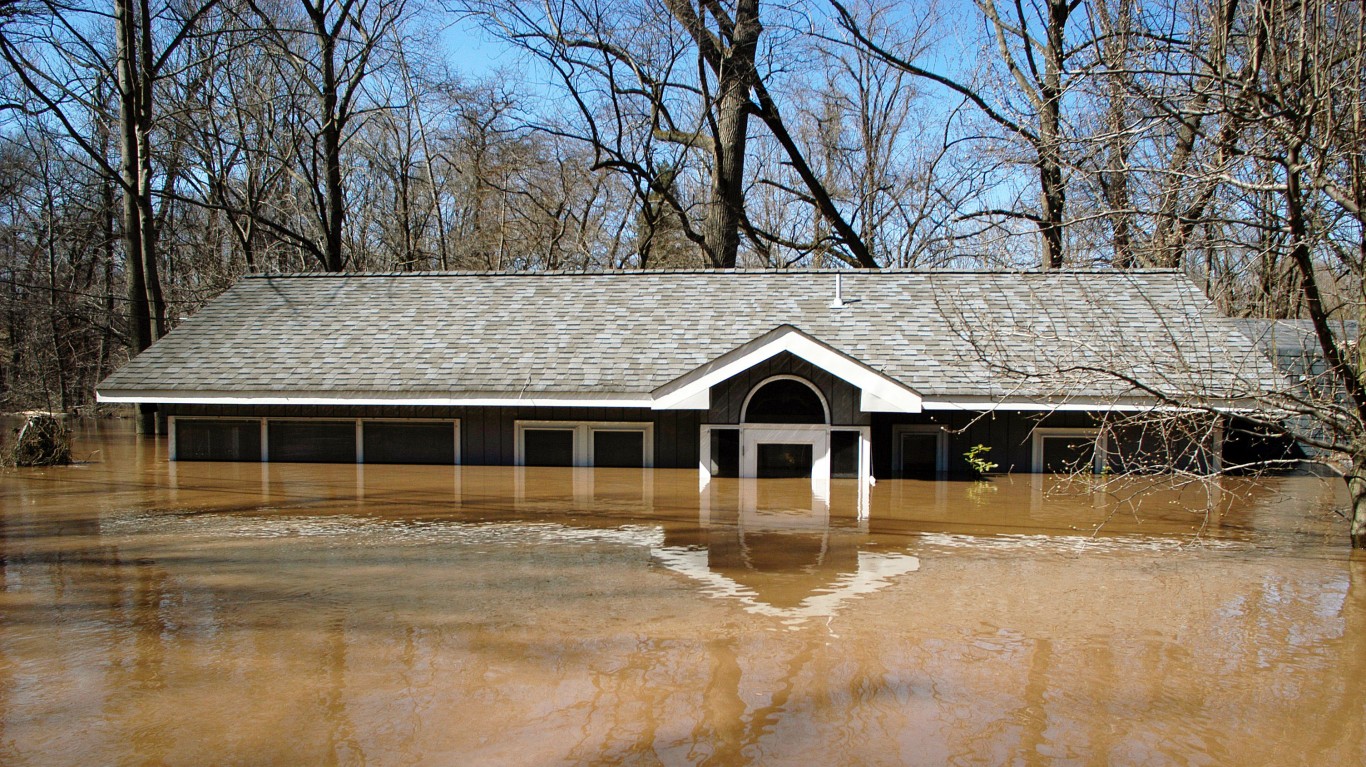
People from every state have at least one aspect of their home state they can brag about, but also one they would probably rather forget.
24/7 Tempo reviewed information from the Centers for Disease Control and Prevention, the U.S. Census Bureau’s American Community Survey, County Health Rankings & Roadmaps, a Robert Wood Johnson Foundation and University of Wisconsin Population Health Institute joint
program, as well as tourism information sites, and several other sources to determine the worst thing about every state. For each state, the entry was either a negative statistic, metric, indicator, or product that the state ranks last in.
The worst feature in every state varies wildly — from health status and tax laws to education and seat belt use. Residents of some states would not gloat about their state’s freezing, long winters or having the state’s nation-worst unemployment rate.
Some states have populations that are struggling because of poor economic conditions or air pollution. Even the histories of some states include events that residents would prefer to be forgotten — click here to see how your state was founded.
The other side of this coin is that all states have a lot to be proud of — here is the best thing about every state.
Click here to see the worst thing about every state

Alabama
Worst thing: Lowest concentration of mental health professionals
Alabama has the lowest concentration of mental health professionals of any state at 91 for every 100,000 people. Massachusetts, the state with the greatest concentration, has over six times as many mental health care providers per 100,000 people, according to County Health Rankings & Roadmaps.
[in-text-ad]

Alaska
Worst thing: Highest violent crime rate
Alaska’s violent crime rate of 885 violent crimes per 100,000 people is higher than that of every other state and nearly double the national rate of 369 violent crimes per 100,000, according to the FBI.
Arizona
Worst thing: Highest COVID-19 positivity rate
As of Sept. 7, Arizona had the highest COVID-19 positivity rate at 16.3% of tests. This rate is more than double the national rate of 7.5%.
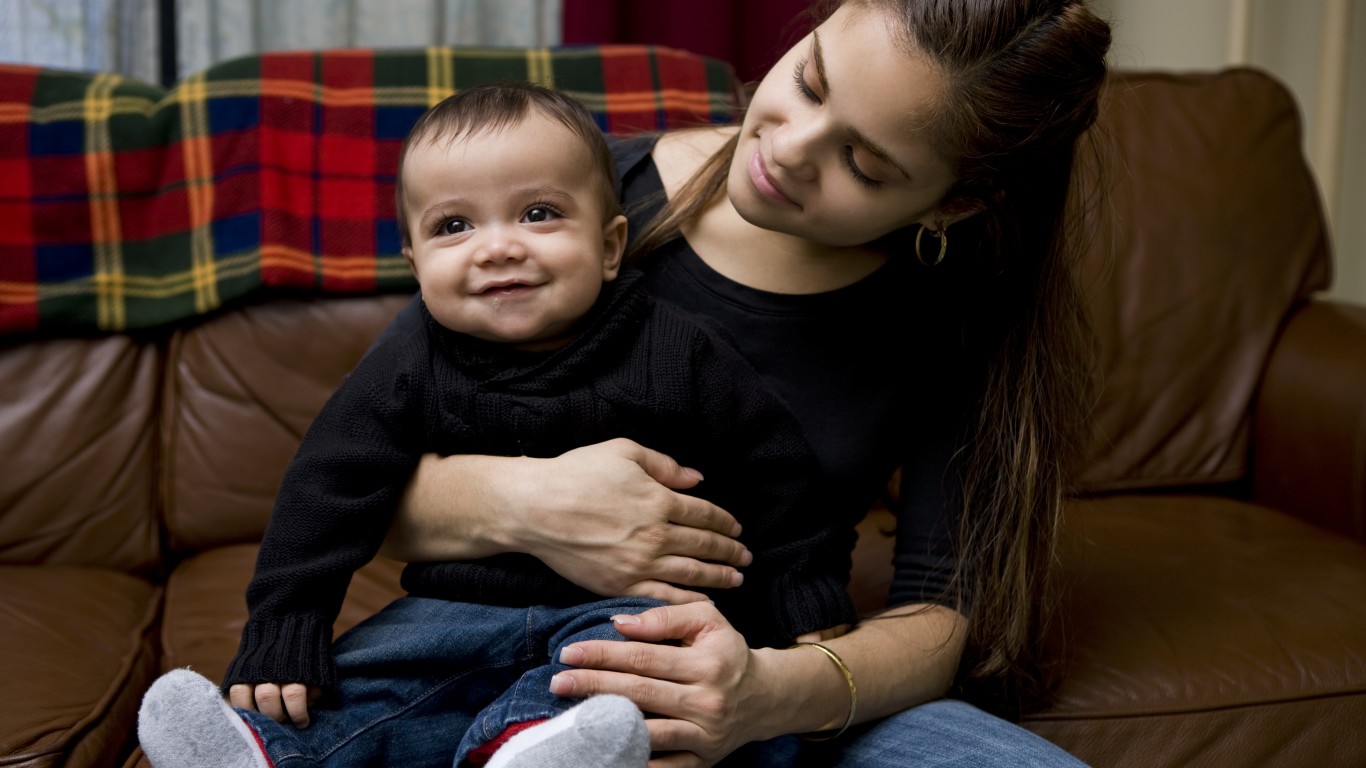
Arkansas
Worst thing: Highest teen birth rate
Arkansas’ teen birth rate is 37.8 per 1,000 girls ages 15-19, the highest of any state and significantly higher than the national average of 22.7 per 1,000.
[in-text-ad-2]

California
Worst thing: Lowest high school diploma attainment rate
The share of adults in California with a high school diploma is the lowest of any U.S. state. About 83.8% of adults have a high school diploma, well below the national high school attainment rate of 88.3%.

Colorado
Worst thing: Into thin air
Colorado has an average altitude close to 7,000 feet above sea level, which means that it can be harder to breathe for those who aren’t acclimated. Known as the “Mile High City,” Denver has an estimated 17% less oxygen in the air than at sea level.
[in-text-ad]
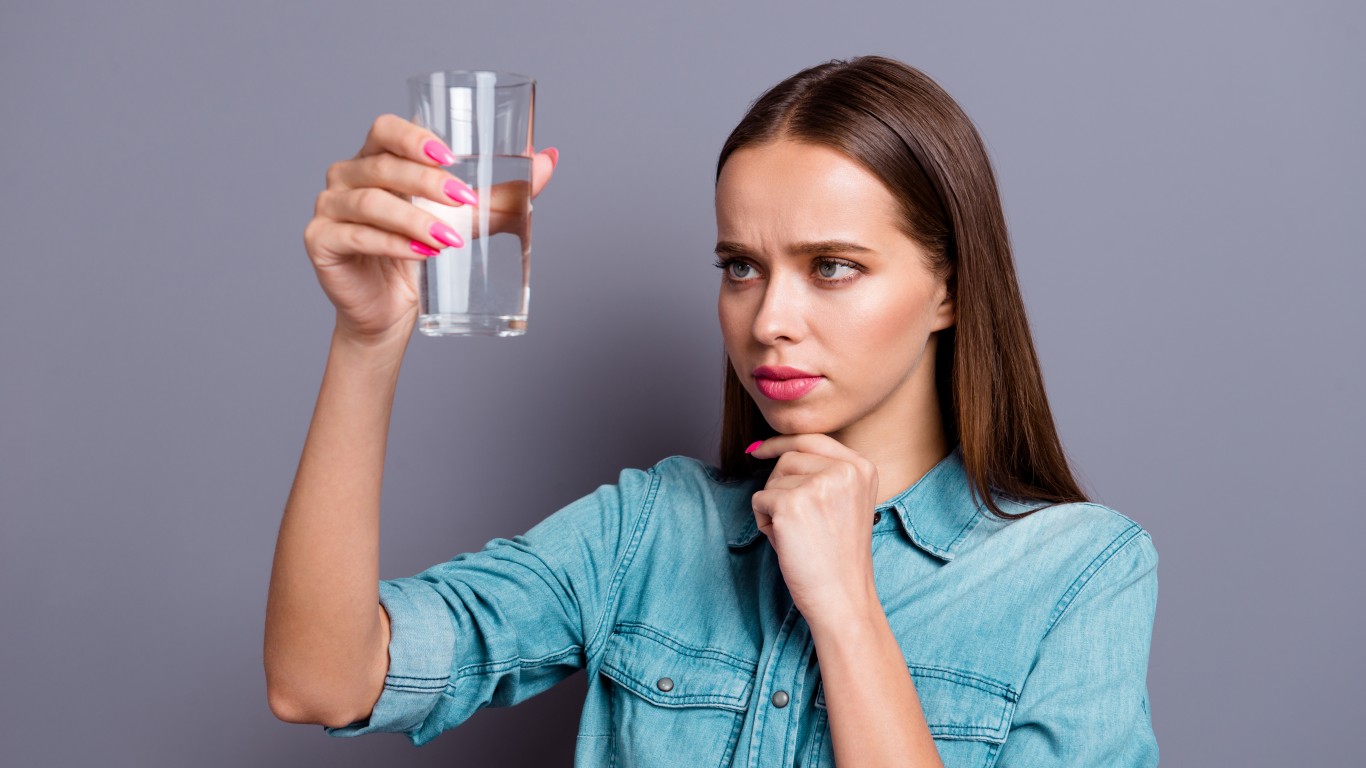
Connecticut
Worst thing: Unclean drinking water
Connecticut is one of just two states in which every single county in the state reported at least one drinking water violation in 2018, the most recent year for which data is available.
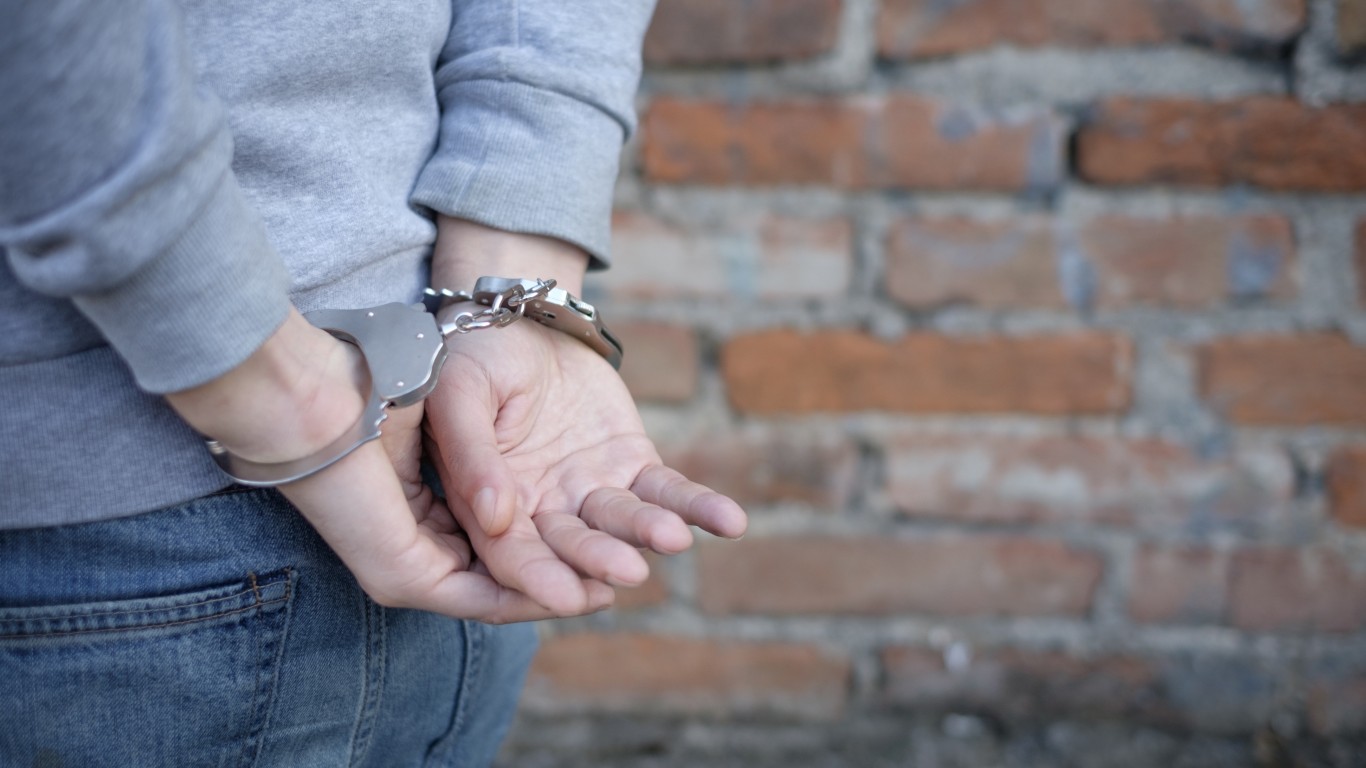
Delaware
Worst thing: Highest rate of juvenile delinquency
No state reported a higher rate of juvenile arrests than Delaware, with 48.8 arrests per 1,000 underage residents.
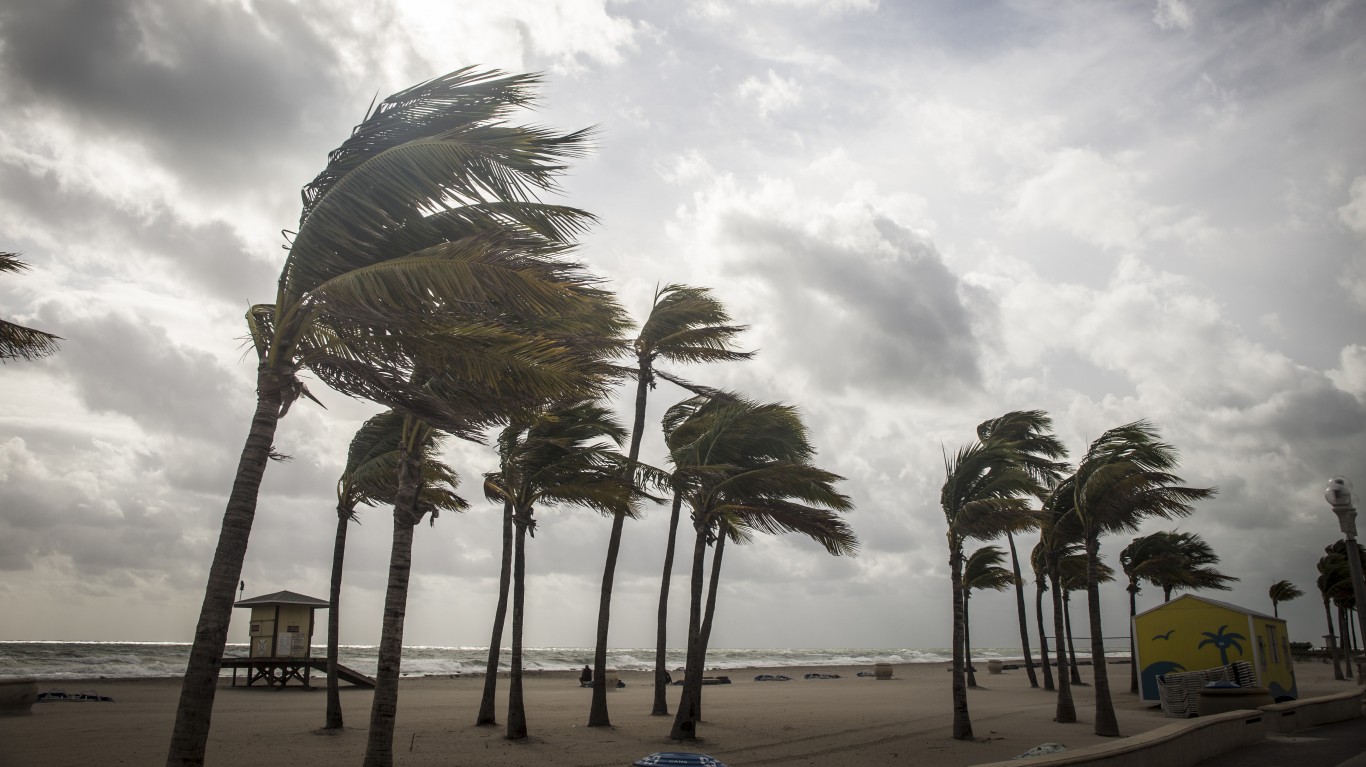
Florida
Worst thing: Most tropical storms and hurricanes
Florida has been hit with more tropical storms and hurricanes since 1851 than any other state — at least 292.
[in-text-ad-2]
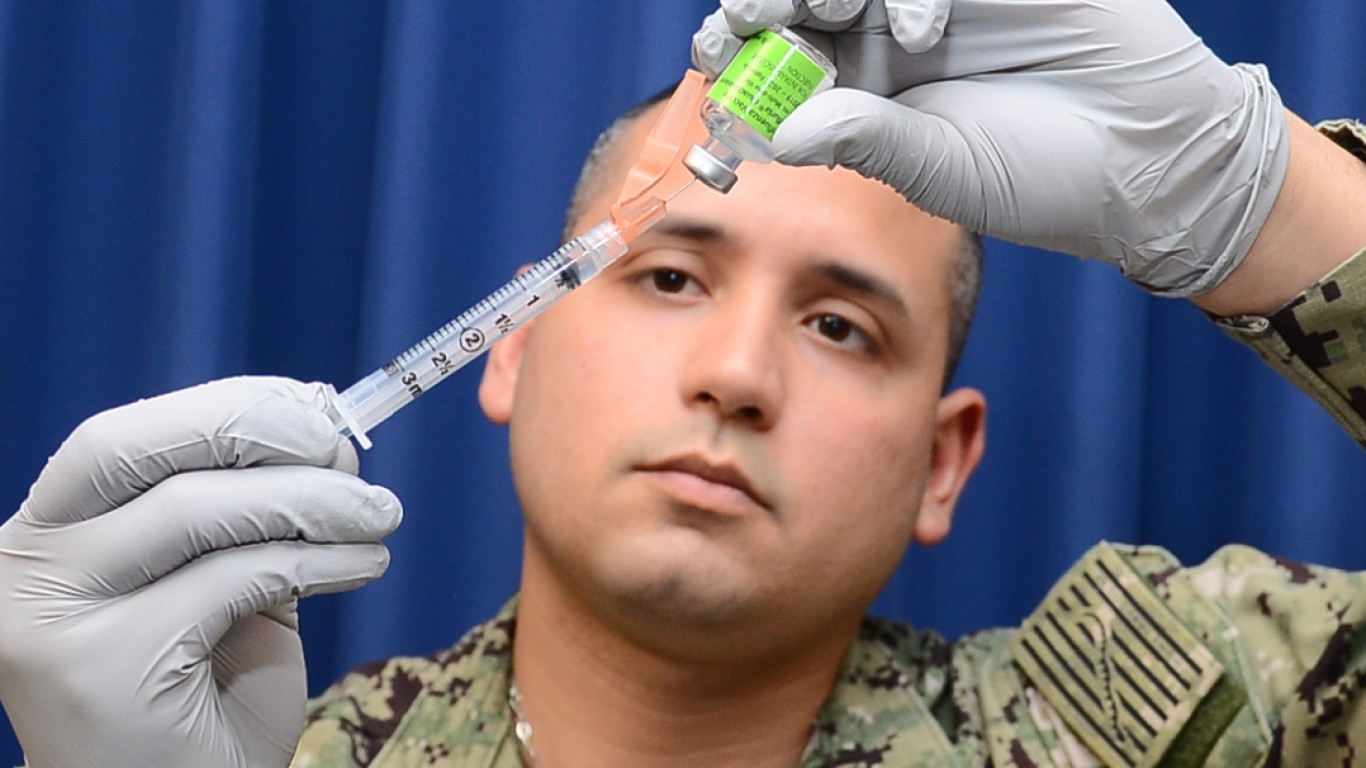
Georgia
Worst thing: Lowest rate of young children getting important immunizations
Children between 19 and 35 months old in Georgia are less likely to receive immunizations to protect them against such diseases as mumps, measles, and tetanus than those in every other state. About 65.6% of young children in the state get these vaccinations.

Hawaii
Worst thing: Most expensive real estate
Hawaii has the most expensive real estate in the country, making homeownership less affordable for a larger share of residents. The median home value is $631,700, compared to a national median home value of $229,700.
[in-text-ad]
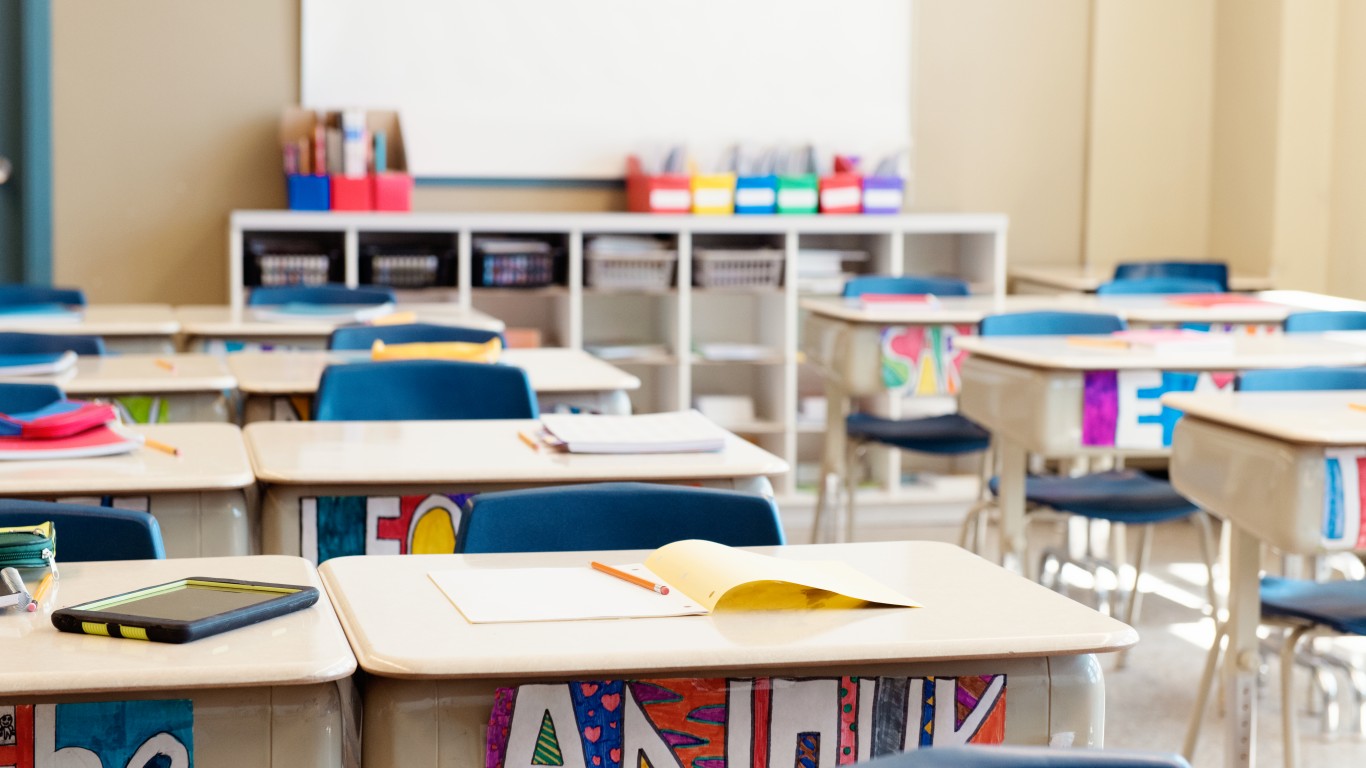
Idaho
Worst thing: Least money spent on students in public schools
Idaho spends just under $7,500 per elementary and secondary school pupil, the second lowest amount in the country. The national average is $12,200.

Illinois
Worst thing: Lowest credit rating
With a woefully underfunded pension system and a chronic budget deficit, Illinois has by far the lowest credit rating from financial services firm Moody’s — just above junk status.
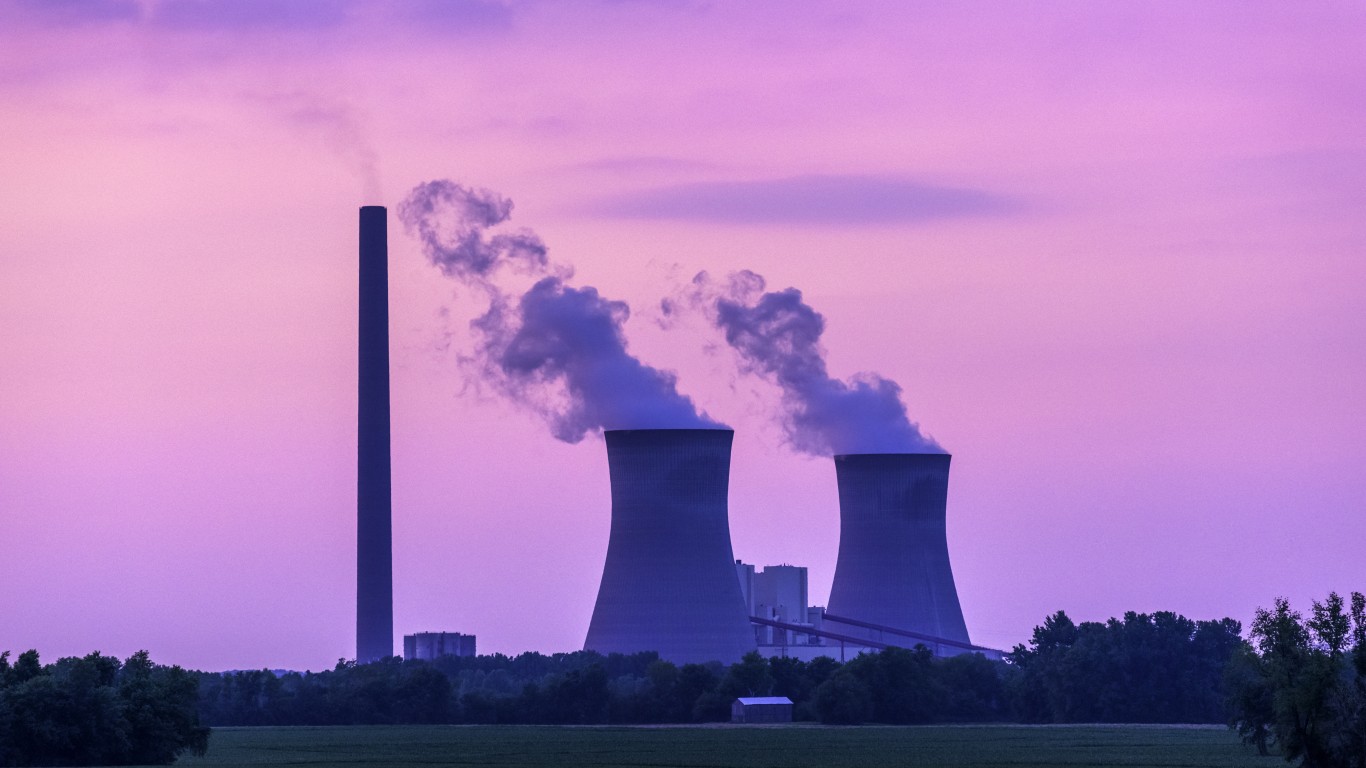
Indiana
Worst thing: Highest concentration of harmful air pollution
Indiana has the highest concentration of harmful air pollution of any state at 11.8 PM2.5 per cubic meter of air. Nationwide, the average daily concentration of PM2.5 — or particulate matter with a diameter less than 2.5 micrometers — is 8.6 per cubic meter.
[in-text-ad-2]
Iowa
Worst thing: Worst handling of the COVID-19 pandemic
According to a COVID-19 survey taken monthly in all states, Gov. Kim Reynolds has seen the biggest drop in approval rating over her handling of the health emergency — from 52% in late April to 28% in late July. State governors average a 51% approval rating.
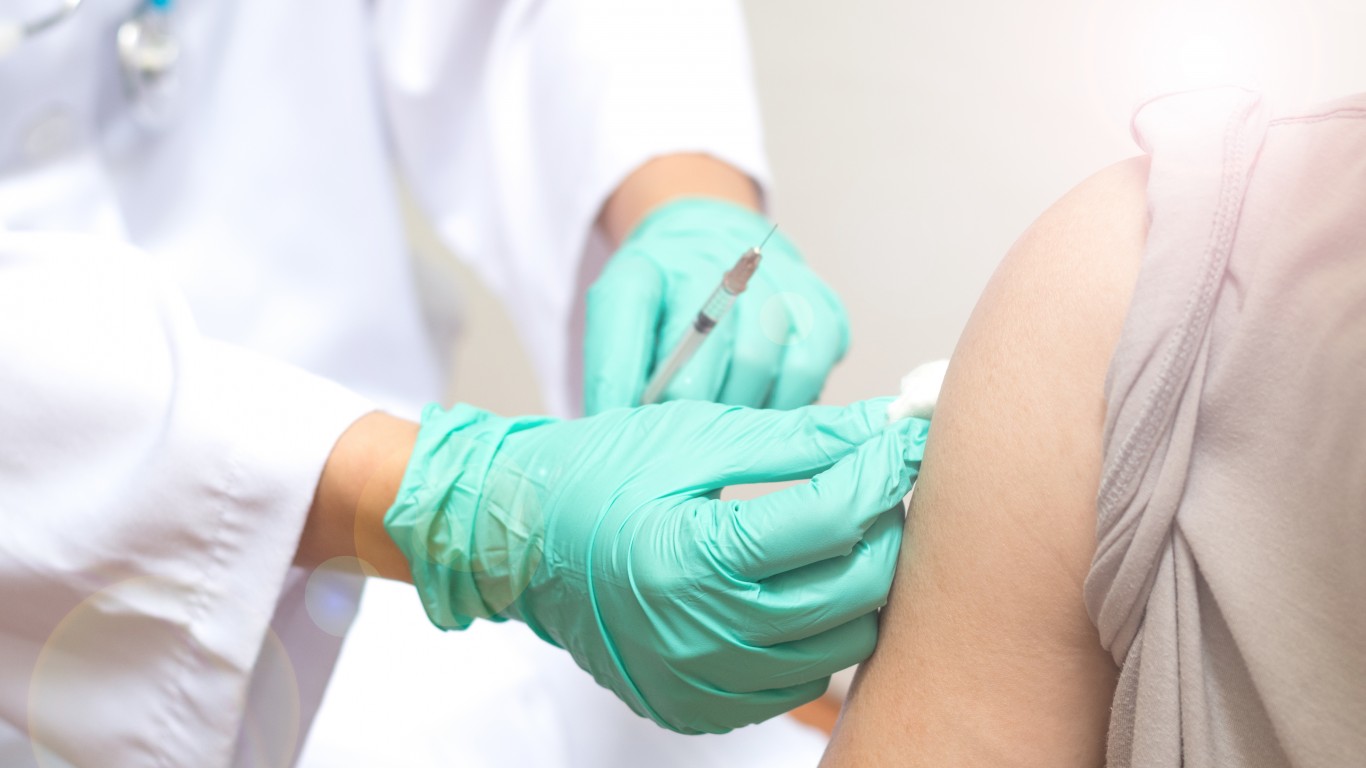
Kansas
Worst thing: 38.1% HPV immunization rate in females
Kansas is tied (with Mississippi) for the lowest share of females who are immunized against HPV, at 38.1%. For context, 53.7% of American females are immunized against the sexually transmitted infection, which can cause cervical and other kinds of cancers.
[in-text-ad]

Kentucky
Worst thing: Highest cancer death rate
There are about 233 cancer deaths per 100,000 residents in Kentucky annually, more than any other states. The national average is 189 cancer deaths per 100,000 people.
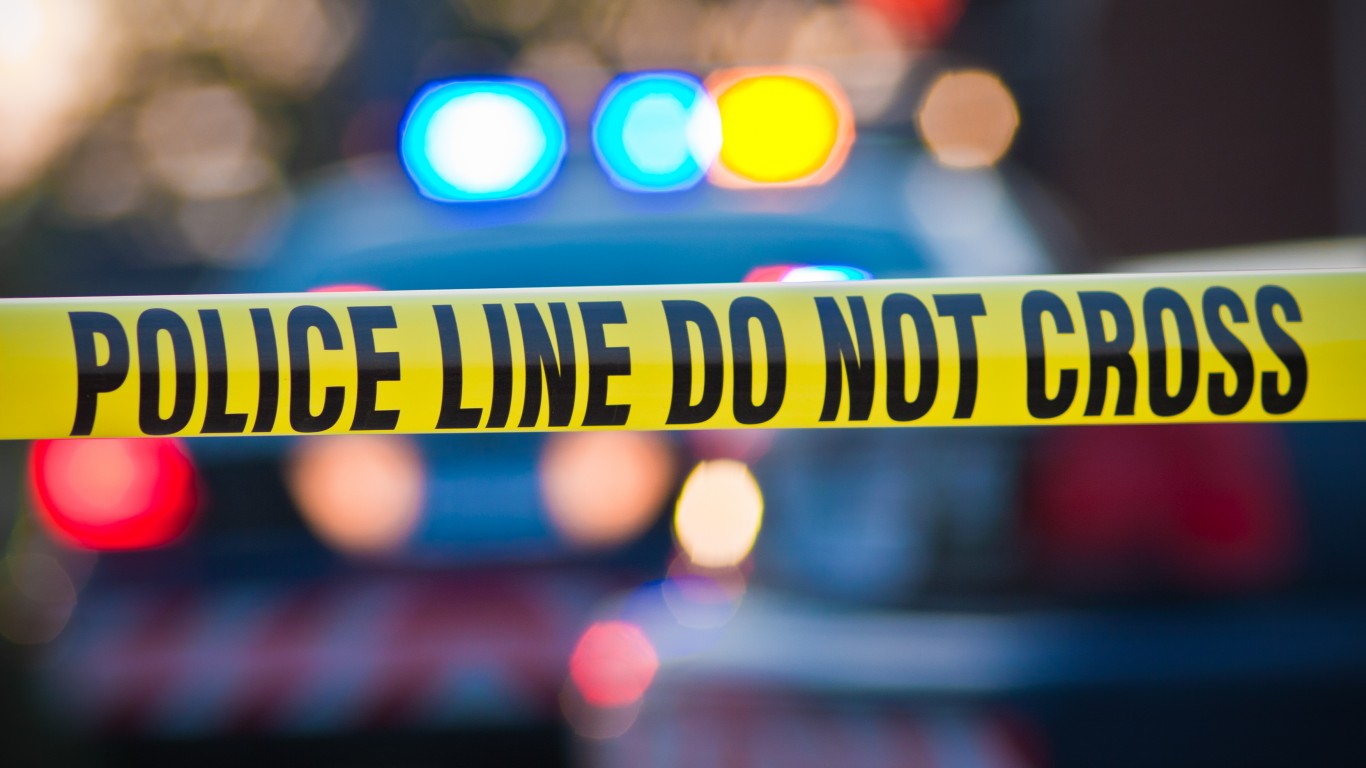
Louisiana
Worst thing: Highest murder rate
At 12.5 murders per 100,000 residents, Louisiana’s murder rate is the highest nationwide and more than double the national homicide rate of 5.5 murders per 100,000 people, according to the FBI.
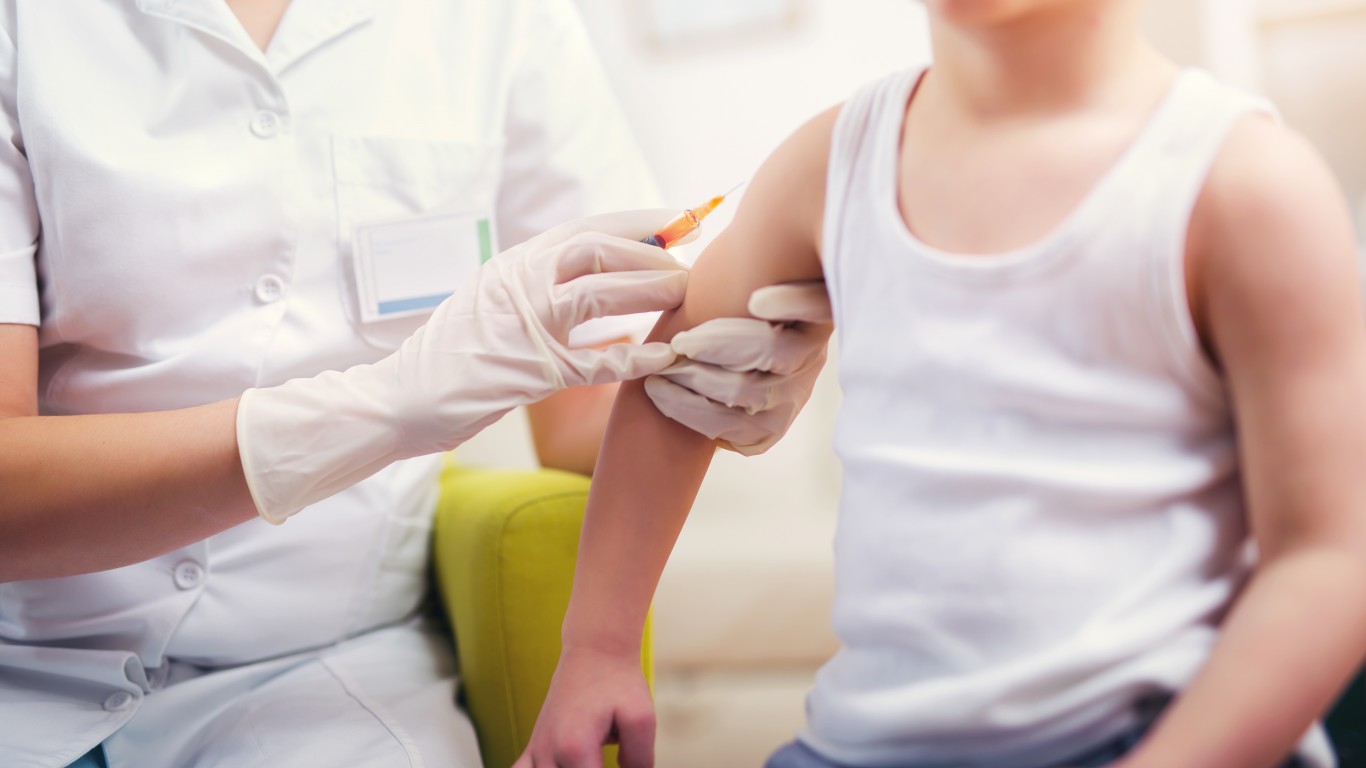
Maine
Worst thing: Highest incidence of whooping cough
Maine has the highest incidence of pertussis, also known as whooping cough, of any state. In 2018, it reported 30.7 cases per 100,000 residents — more than five times the U.S. overall rate.
[in-text-ad-2]
Maryland
Worst thing: Highest share of commuters driving alone
About 49.5% of workers in Maryland commute by car — alone — for over half an hour, a higher share than in every other state.

Massachusetts
Worst thing: Most outstanding debt per capita
No state has more outstanding government debt on a per capita basis than Massachusetts, at $11,1000 per person.
[in-text-ad]
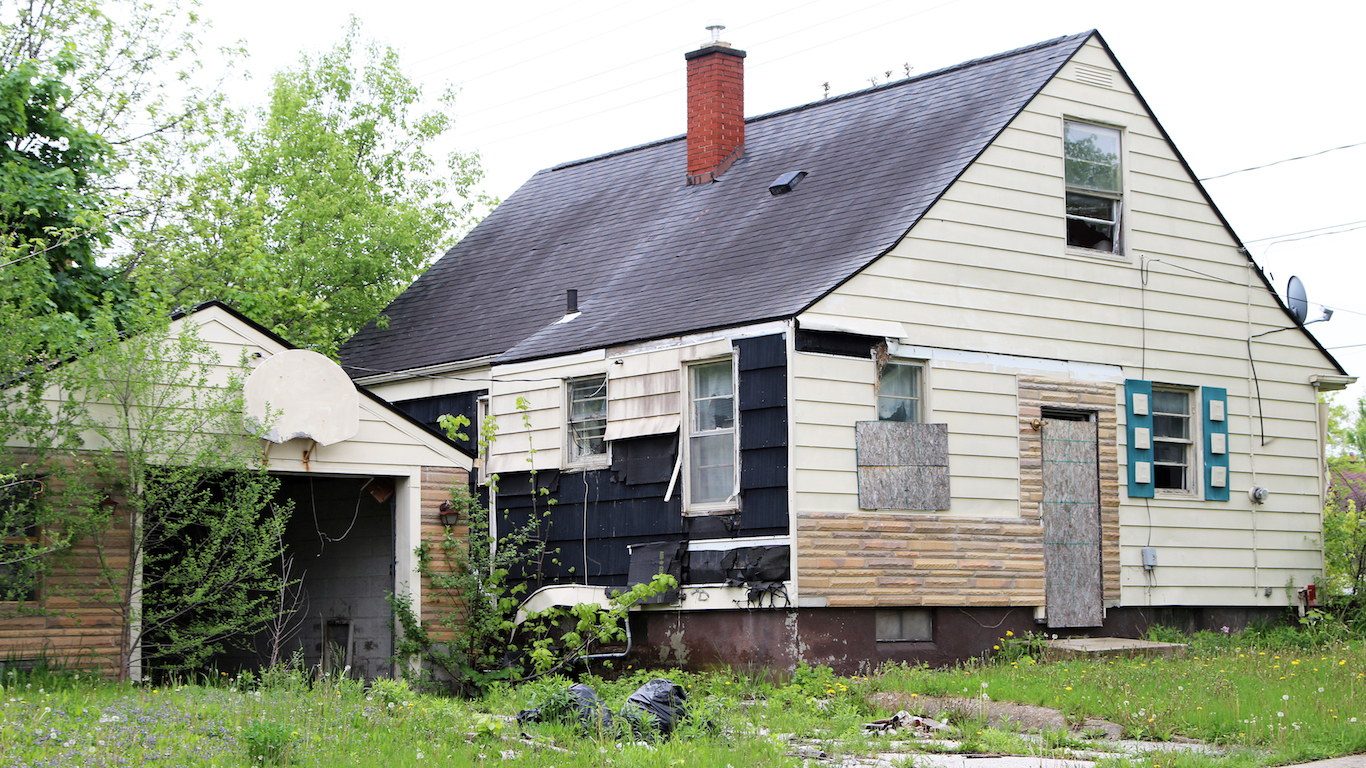
Michigan
Worst thing: Largest population decline
Michigan is projected to have the largest population decline of any state between 2020 and 2030 — at least 1.1%. Over the same period, the U.S. population is projected to grow by 8.7%.

Minnesota
Worst thing: Freezing cold
In the land of 10,000 lakes, almost all freeze in winter. Minnesota has close to the lowest average annual temperatures in the country.
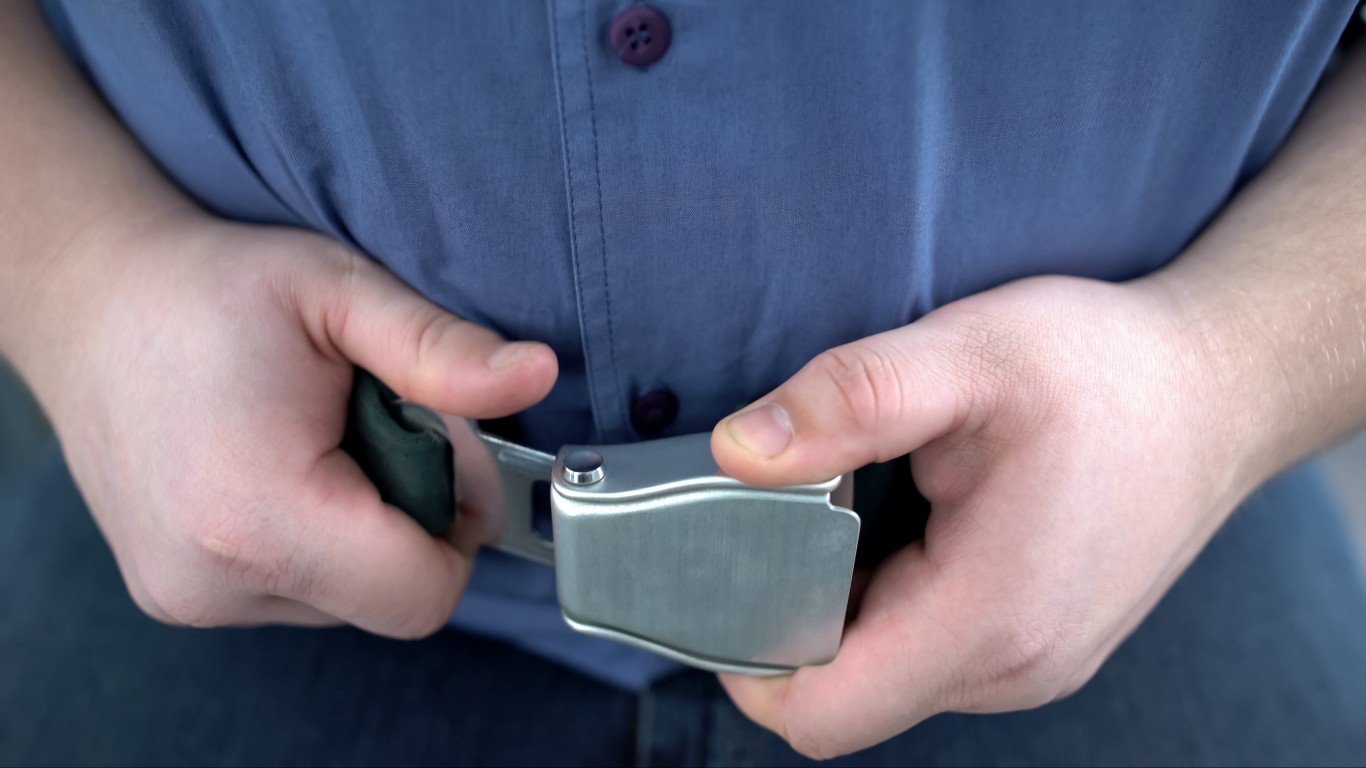
Mississippi
Worst thing: Highest obesity rate
About 36.8% of adults in Mississippi are obese, meaning having a body mass index of 30 or higher. This is the highest obesity rate of U.S. states and much higher than the national rate of 29.0%.
[in-text-ad-2]
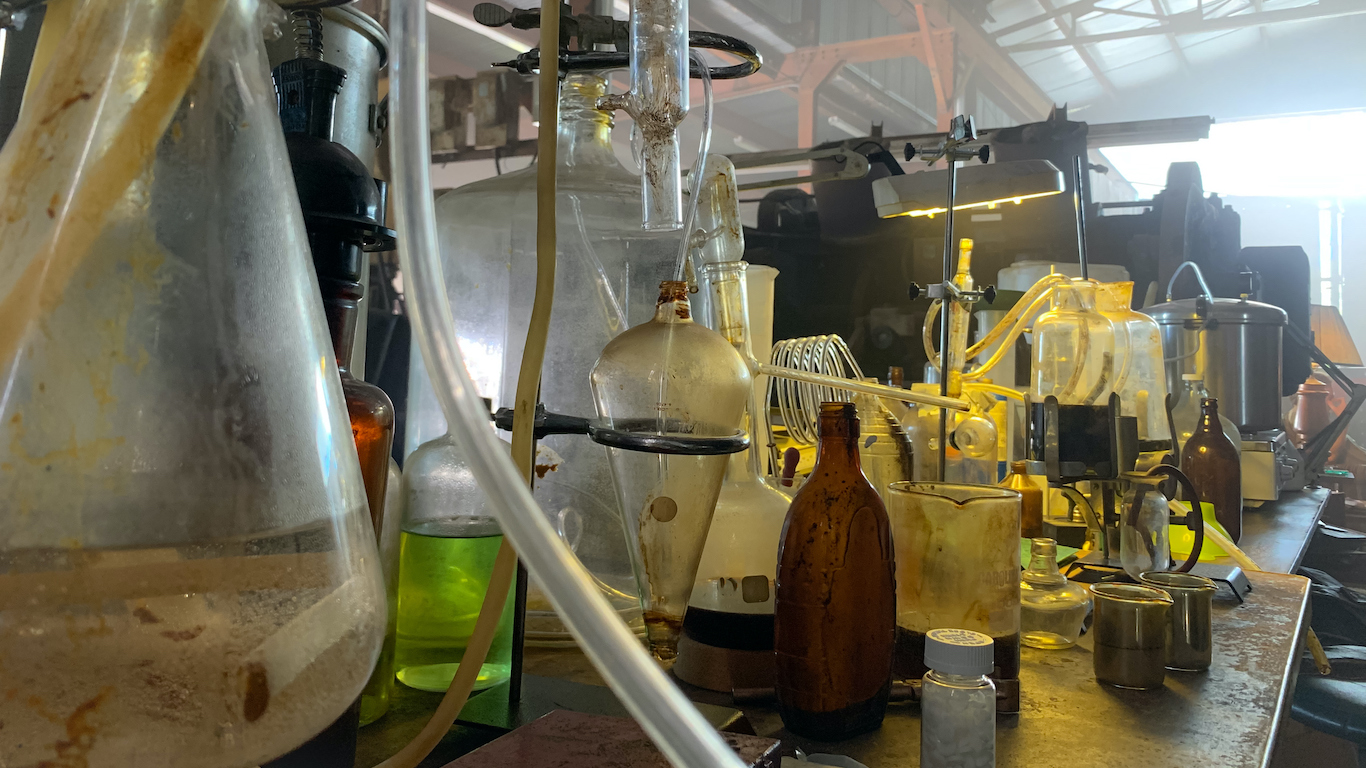
Missouri
Worst thing: Most drug labs
Police have found more drug labs in Missouri over the last 20 years than in any other state, according to the DEA.
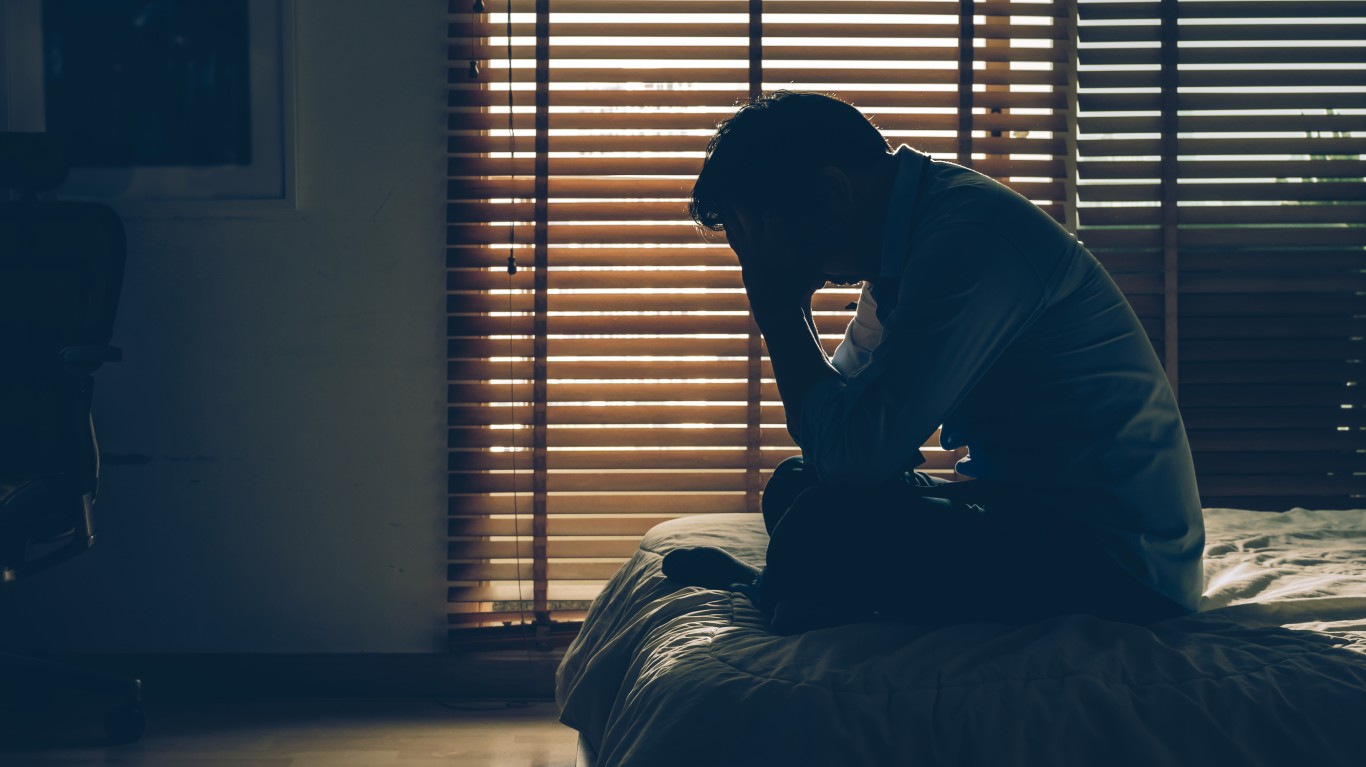
Montana
Worst thing: Highest suicide rate
Montana has the highest suicide rate in the country at almost 30 suicides per 100,000. The national average is 14.5 suicides per 100,000 people.
[in-text-ad]

Nebraska
Worst thing: Most tornadoes
Nebraska has among the most tornadoes per year in the U.S., averaging about 40 per year. There were 110 recorded tornadoes in 2004.

Nevada
Worst thing: Lowest public health funding
At $46, Nevada spends the least amount of money on public health per capita, almost half the national average of $87.

New Hampshire
Worst thing: Poor seat belt use
About 28.5% of New Hampshire residents fail to regularly wear a seat belt, well above the 15% of U.S. adults.
[in-text-ad-2]
New Jersey
Worst thing: Highest COVID-19 related deaths
As of Sept. 7, no state had a higher COVID-19 related death rate than New Jersey, at 180 deaths per 100,000. The national average is 55 COVID-19 related deaths per 100,000 people.

New Mexico
Worst thing: Lowest high school graduation rate
About 71.1% of high school seniors in New Mexico graduate, the lowest share than any state. The national average is 84.6%.
[in-text-ad]
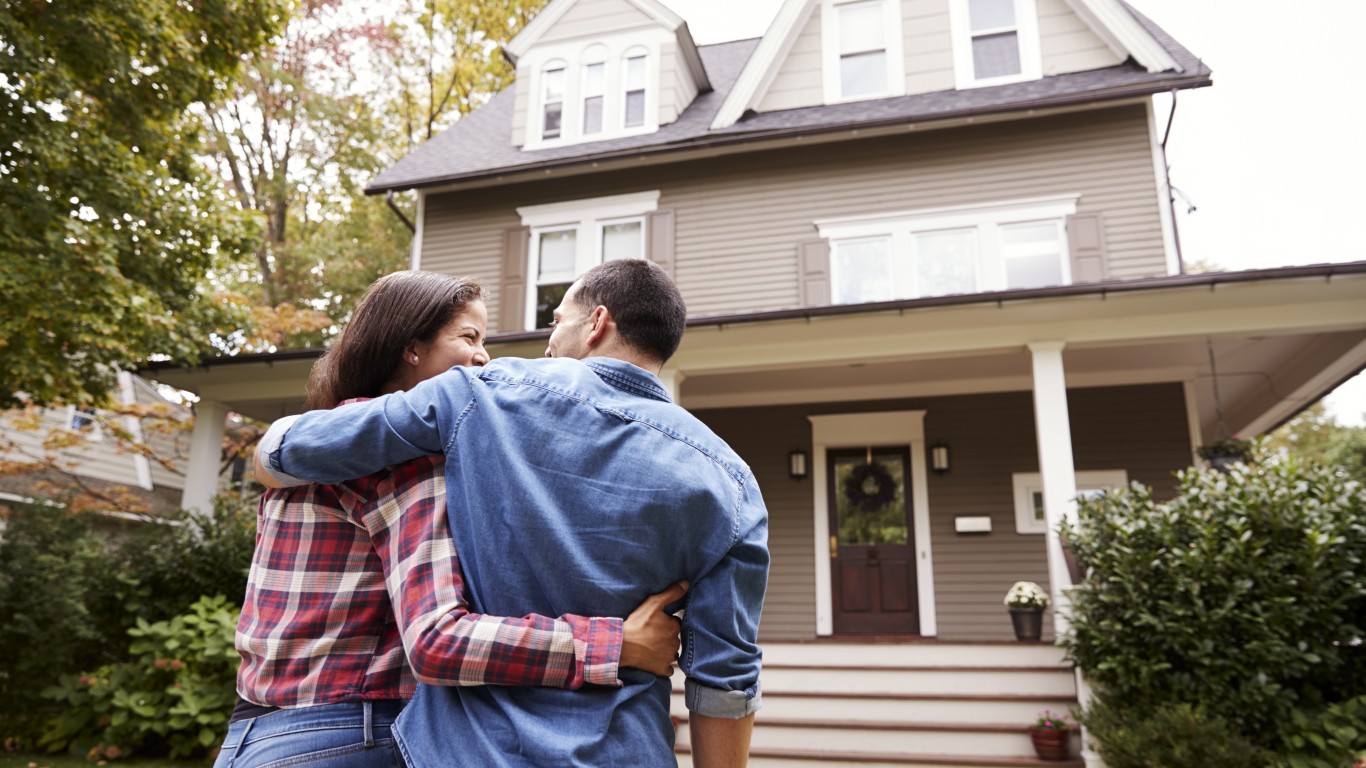
New York
Worst thing: Lowest homeownership rate
Just over half (53.9%) of the people who live in New York state own their homes. This is the lowest share of homeowners in the country and compared to a national homeownership rate of 63.8%.

North Carolina
Worst thing: Unemployment benefits are hard to come by
Fewer than 10% of jobless people in North Carolina received unemployment benefits in 2019. In the first quarter of 2020, just 67.2% of unemployment applicants received benefits in a timely manner — both ranking dead last in the country.

North Dakota
Worst thing: Lowest advanced degree attainment rate
Adults in North Dakota are less likely than those in every other state to have a graduate or professional degree. Only 7.6% hold such a degree. Nationwide, 12.6% of adults have an advanced degree.
[in-text-ad-2]
Ohio
Worst thing: Highest juvenile sexual-victimization rate
At 15.3%, Ohio has the highest rate of juvenile prisoners who report being forced into sexual activity with other prisoners or with prison staff members, more than double the 7.1% national rate.

Oklahoma
Worst thing: Highest share of adverse childhood experiences
The share of children in Oklahoma with at least one of nine adverse childhood experiences (ACEs) is the highest in the country, at 28.5%. The national average is 20.5%. ACEs include divorced or separated parents, living in financially struggling families, parent or guardian dead or in jail, exposure to violence at home
[in-text-ad]
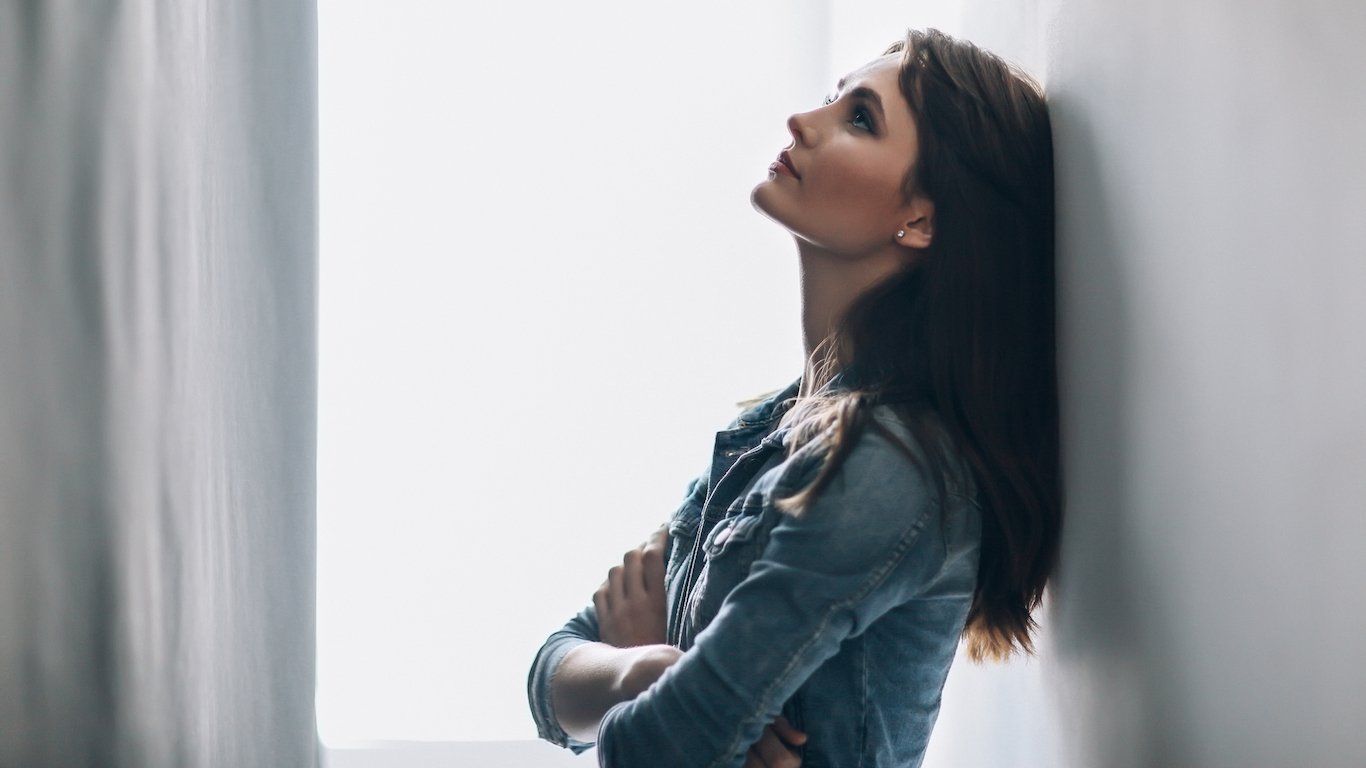
Oregon
Worst thing: Highest rate of depression
At 25.2%, Oregon has the highest rate of adults with depression in the country, according to a 2019 study by QuoteWizard, an online insurance marketplace. This is an increase of almost 9.2% between 2014 and 2018.
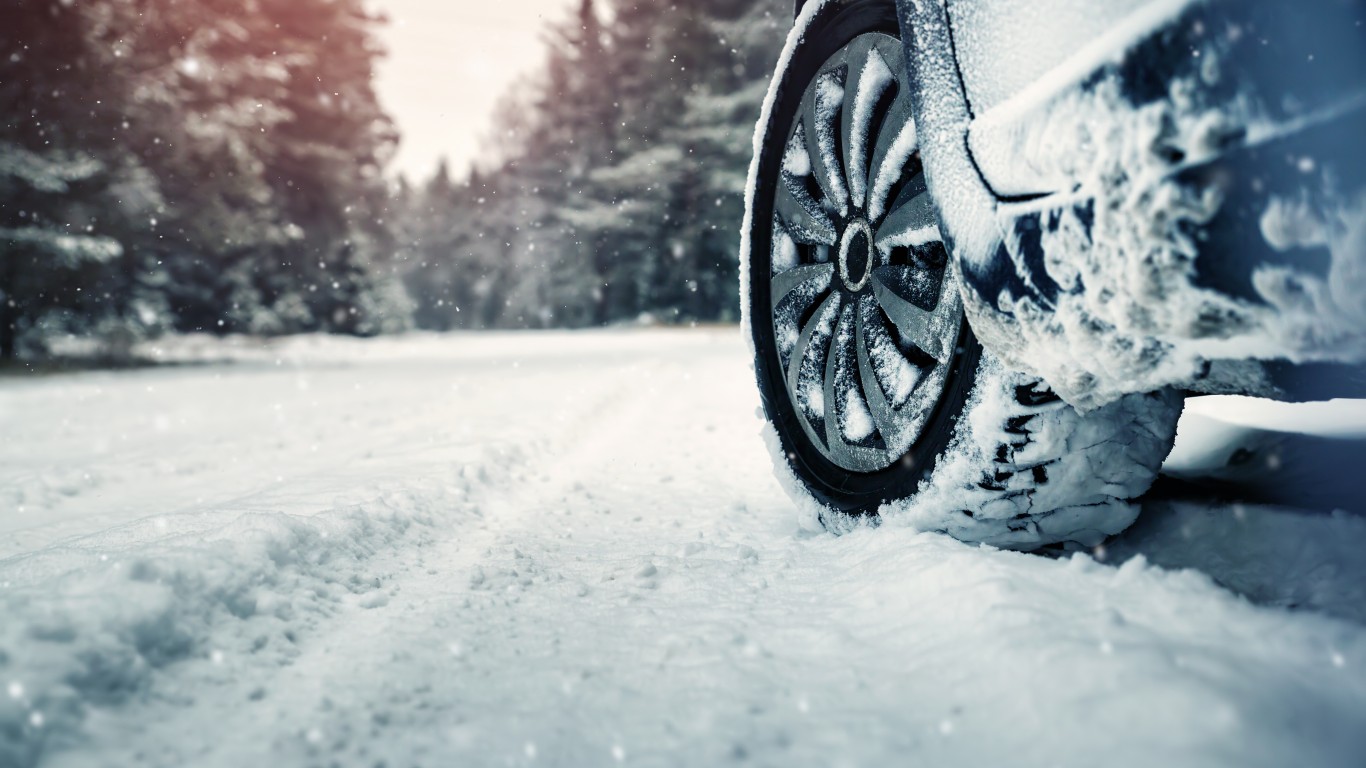
Pennsylvania
Worst thing: Most winter driving fatalities
Pennsylvania had 197 winter driving deaths between 2013 and 2017, more than every state except for Michigan. The state’s deadliest road in winter months is I-80.
Rhode Island
Worst thing: Highest share of bridges in poor condition
Some 22.3% of bridges in Rhode Island are structurally deficient, the highest share of any state. Of the 779 bridges in Rhode Island, 174 are in poor condition.
[in-text-ad-2]
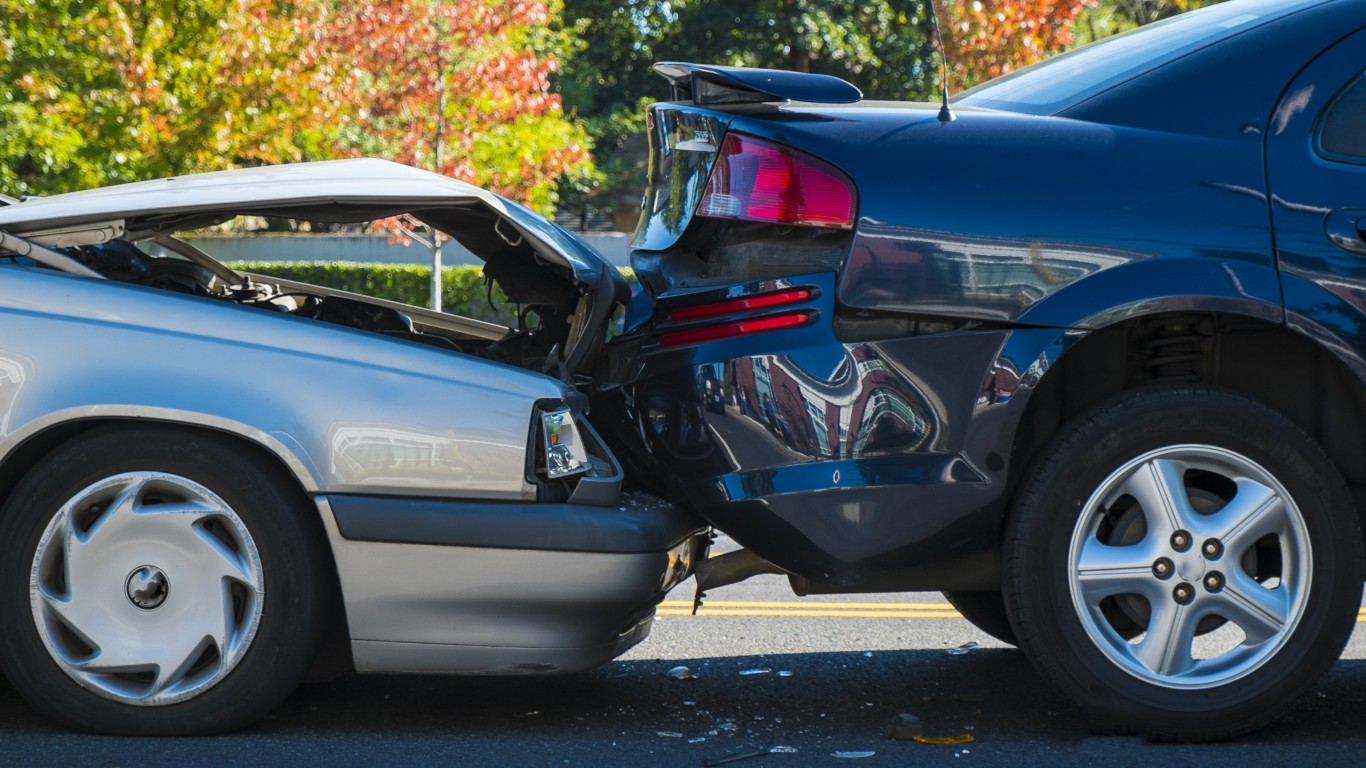
South Carolina
Worst thing: Most fatal car accidents per traveled miles
Fatal car accidents occurred more frequently in South Carolina than in any other state in 2018. The state reported 1.83 fatalities per 100 million miles driven. The next closest state, Mississippi, reported 1.63 per 100 million miles driven in 2018.

South Dakota
Worst thing: Tough to be a teacher
Teachers in South Dakota make just $44,472 per year, the lowest amount of teachers from any state. The state also does a worse job of making sure educators are qualified than most other states.
[in-text-ad]
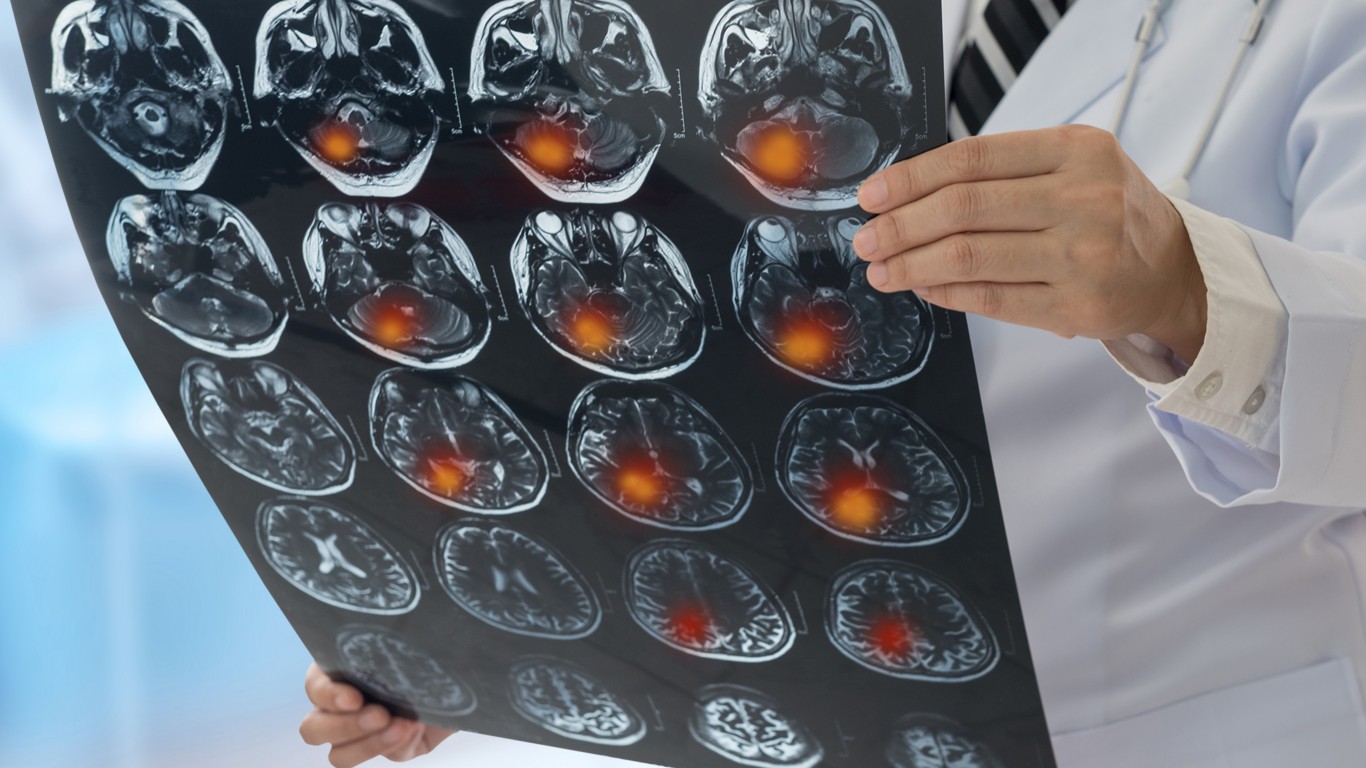
Tennessee
Worst thing: Largest share of adults who have had a stroke
About 5.4% of adults in Tennessee have had a stroke, a higher share than in any other state. For reference, 3.4% of American adults nationwide have had a stroke.

Texas
Worst thing: Highest share of residents without health insurance
About 19.4% of people in Texas lack health insurance, the largest share of any state. Nationwide, the uninsured rate stands at 10.2%.

Utah
Worst thing: Lowest education expenditure per student
Utah spends $7,179 per pupil, the lowest spending on public education per student than any other state. On average, per student spending across all states was $12,201 in fiscal 2017.
[in-text-ad-2]
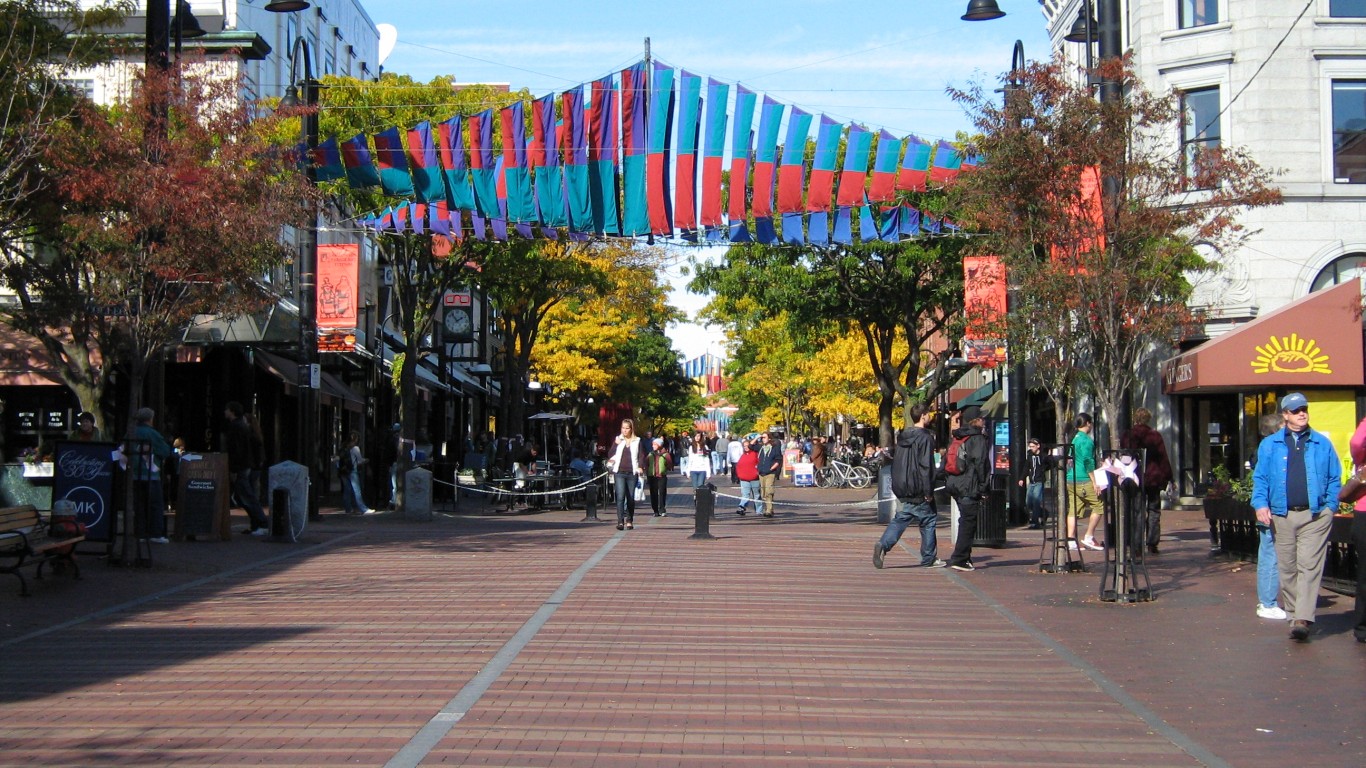
Vermont
Worst thing: Smallest economy
Vermont has the smallest economy of any state, with a 2019 GDP of $34.8 billion — nearly $5 billion less than the next closest state, Wyoming.

Virginia
Worst thing: Worst minimum wage-sustaining a family ratio
Virginia has the worst ratio of minimum wage to what is needed to sustain a family of any state. The minimum wage in the state is $7.25, or 26% of what is needed to sustain a family. The hourly minimum wage in Virginia will increase to $9.50 beginning May 1, 2021.
[in-text-ad]
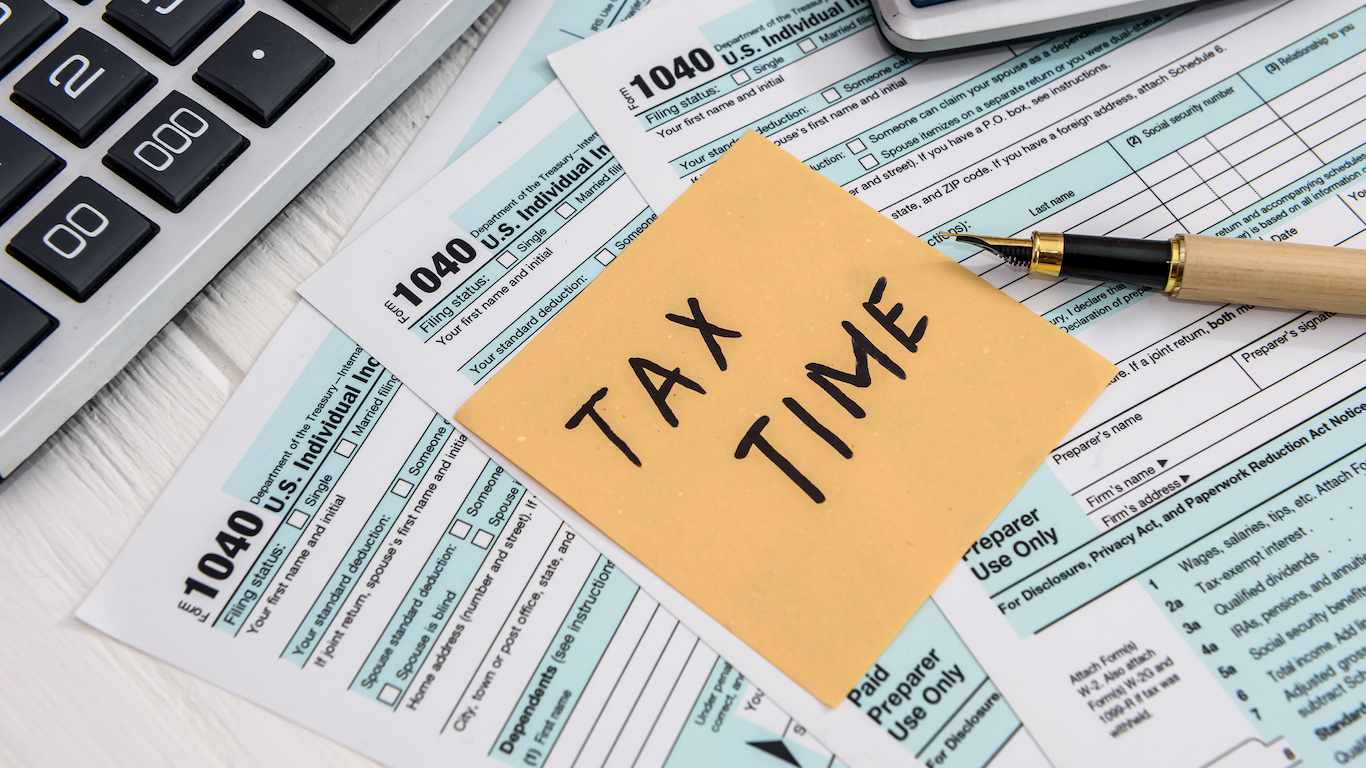
Washington
Worst thing: Most regressive tax system
According to an analysis by the Institute on Taxation and Economic Policy, the tax structure in Washington makes the rich richer and the poor poorer more than in any other state. The 20% of taxpayers with the lowest incomes can pay up to six times as much of their income as Washington’s wealthiest do.
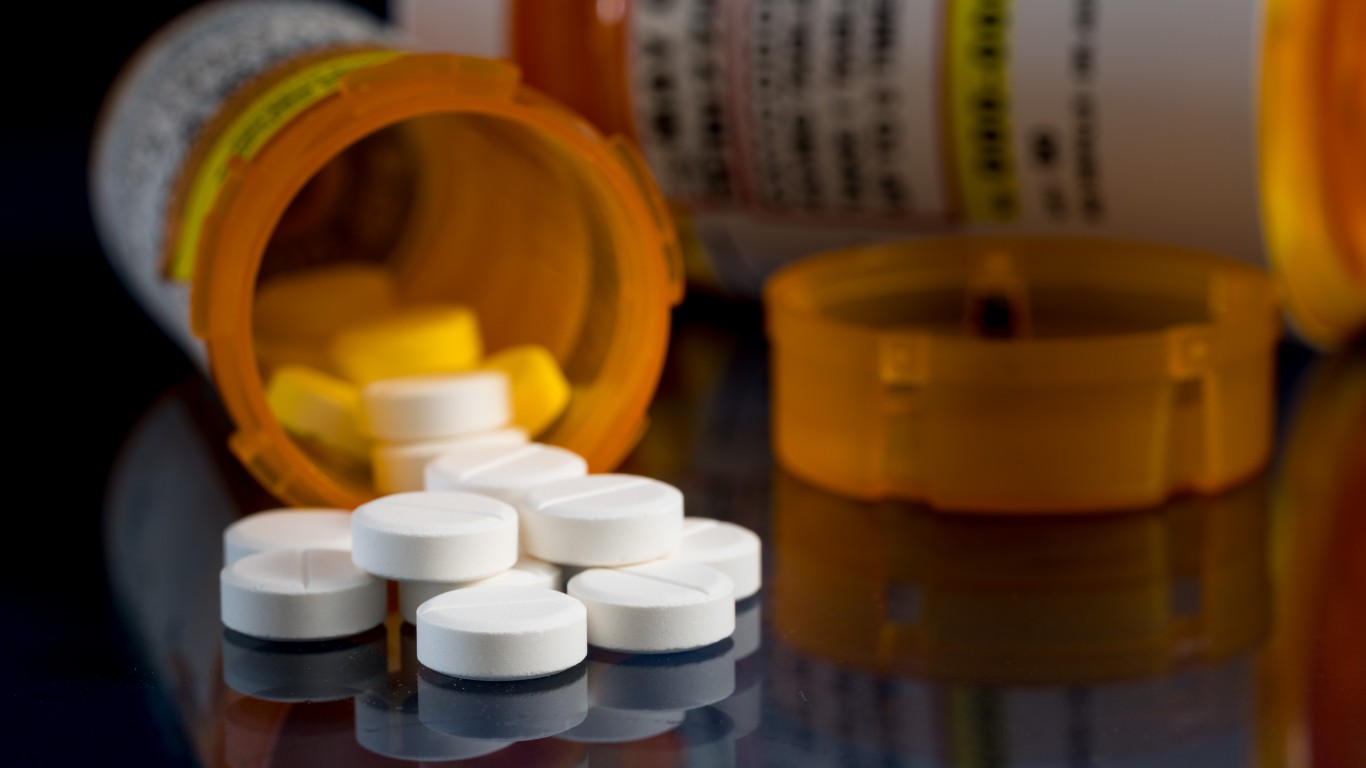
West Virginia
Worst thing: Highest drug overdose death rate
West Virginia has the highest drug overdose death rate in the country at 49.8 drug overdose deaths per 100,000 people — more than double the national rate of 20.6 drug overdose deaths per 100,000.
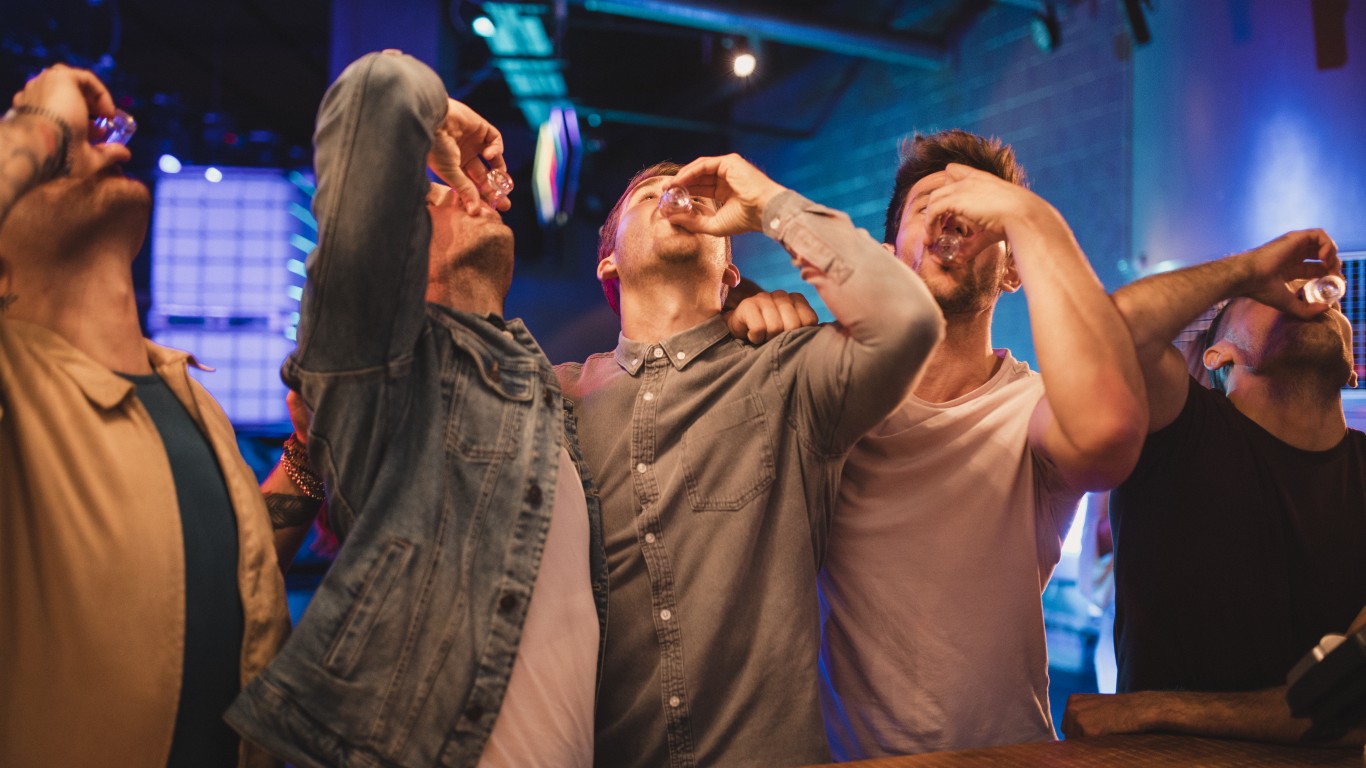
Wisconsin
Worst thing: Highest adult excessive drinking rate
Wisconsin has the highest excessive alcohol consumption rate among adults of any state, at 25% of adults — well above the 18.2% national excessive drinking rate.
[in-text-ad-2]
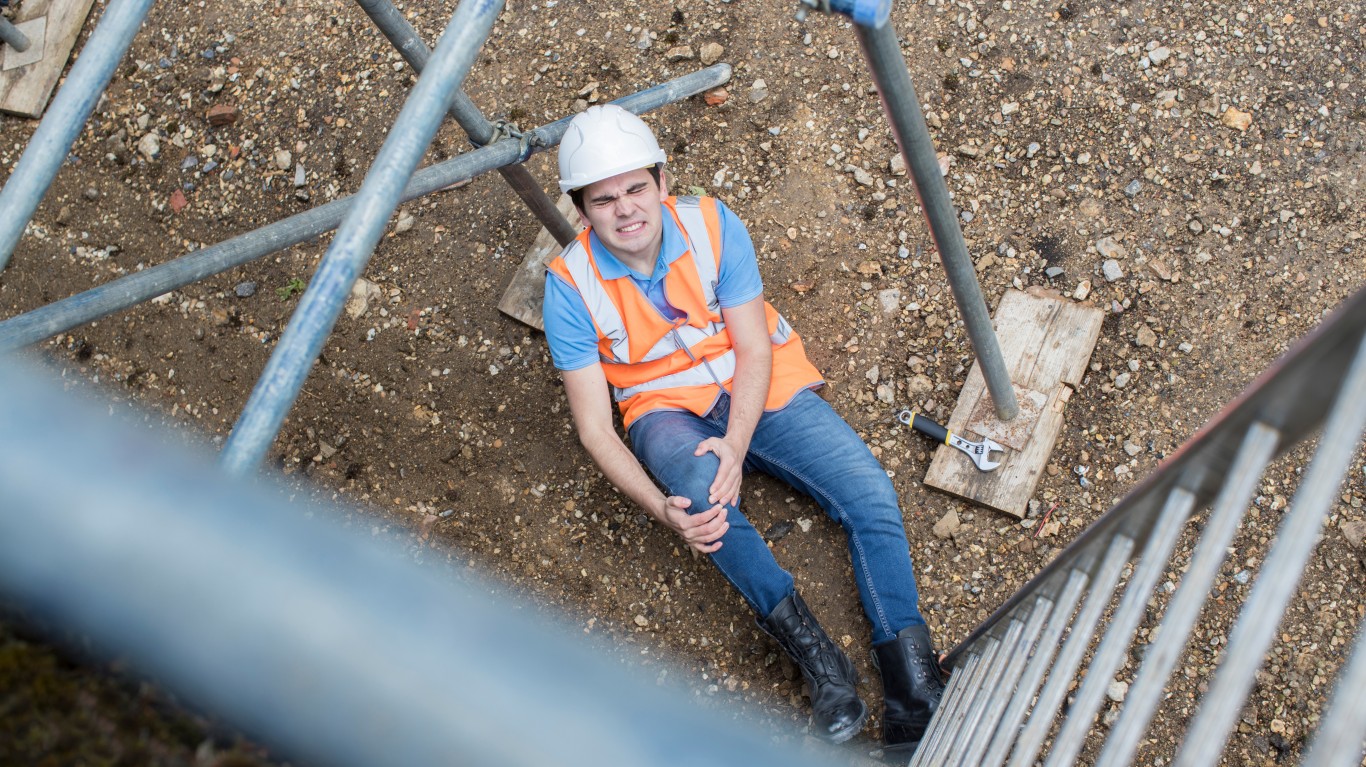
Wyoming
Worst thing: Highest occupational fatality rate
Wyoming has the highest occupational fatality rate of any state with 11.5 workplace deaths per 100,000 workers — well above the national rate of 4.1 workplace deaths per 100,000 workers.
100 Million Americans Are Missing This Crucial Retirement Tool
The thought of burdening your family with a financial disaster is most Americans’ nightmare. However, recent studies show that over 100 million Americans still don’t have proper life insurance in the event they pass away.
Life insurance can bring peace of mind – ensuring your loved ones are safeguarded against unforeseen expenses and debts. With premiums often lower than expected and a variety of plans tailored to different life stages and health conditions, securing a policy is more accessible than ever.
A quick, no-obligation quote can provide valuable insight into what’s available and what might best suit your family’s needs. Life insurance is a simple step you can take today to help secure peace of mind for your loved ones tomorrow.
Click here to learn how to get a quote in just a few minutes.
Thank you for reading! Have some feedback for us?
Contact the 24/7 Wall St. editorial team.
 24/7 Wall St.
24/7 Wall St.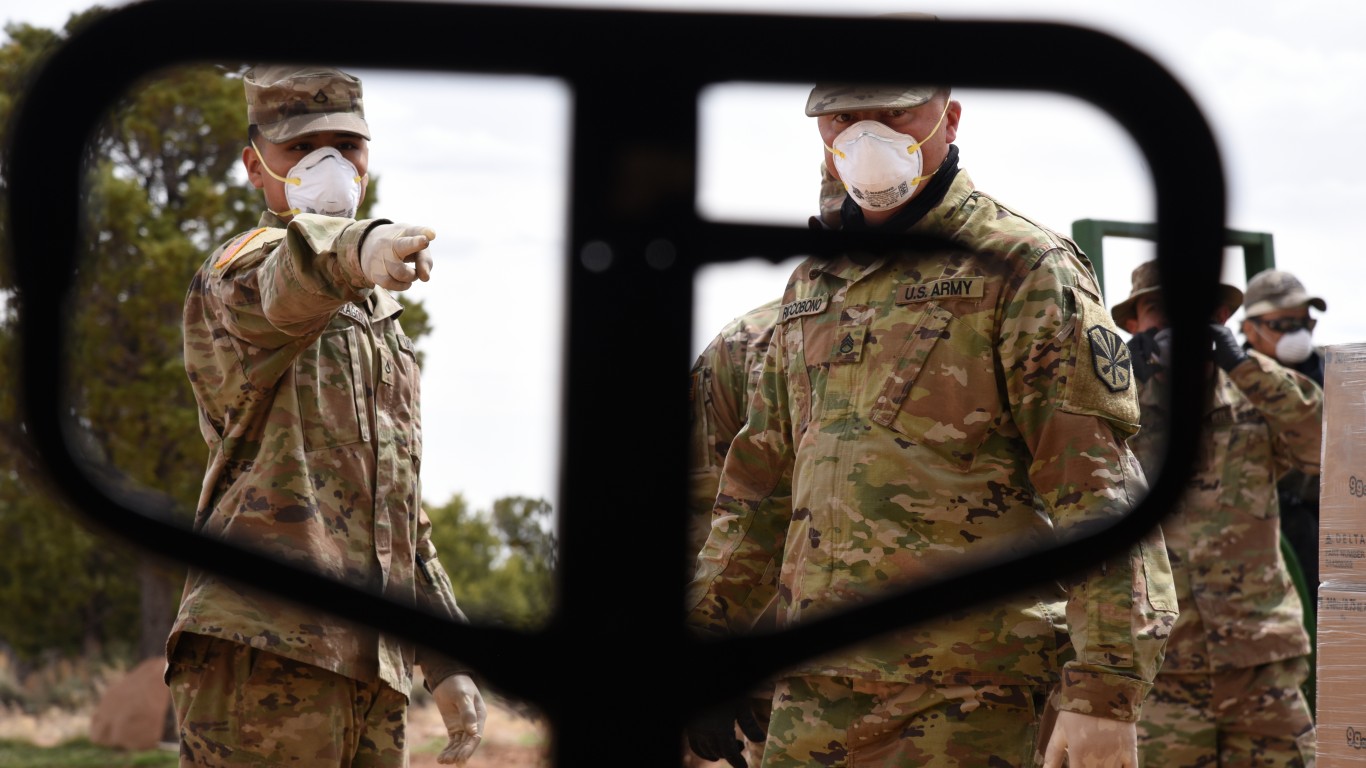
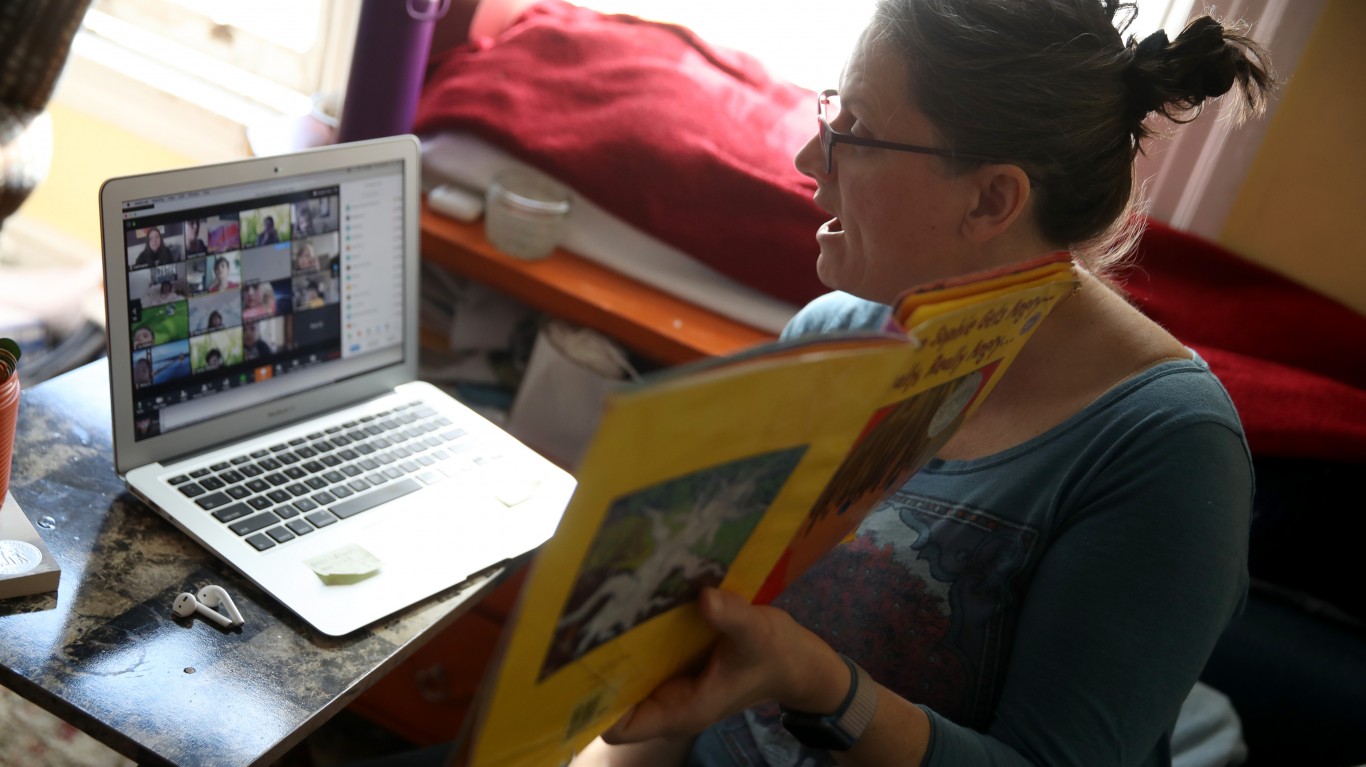 24/7 Wall St.
24/7 Wall St.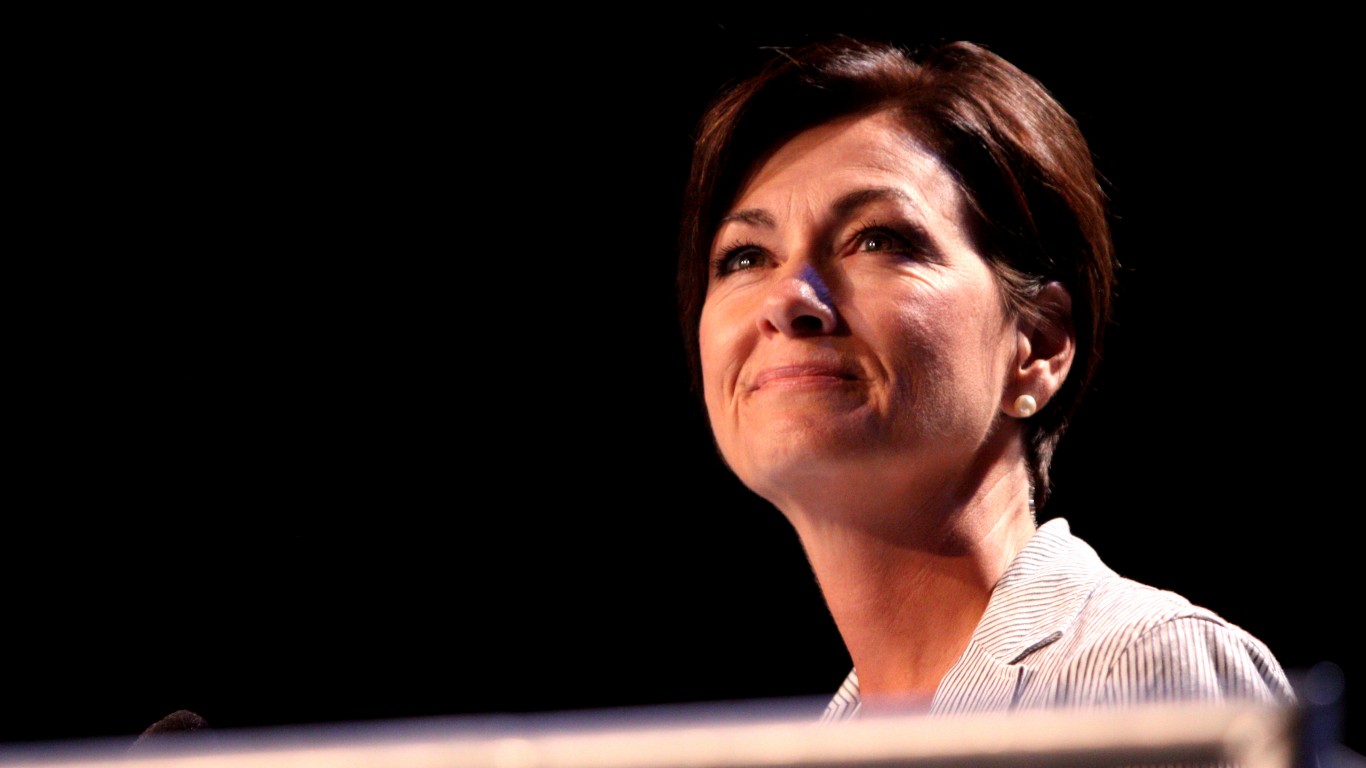
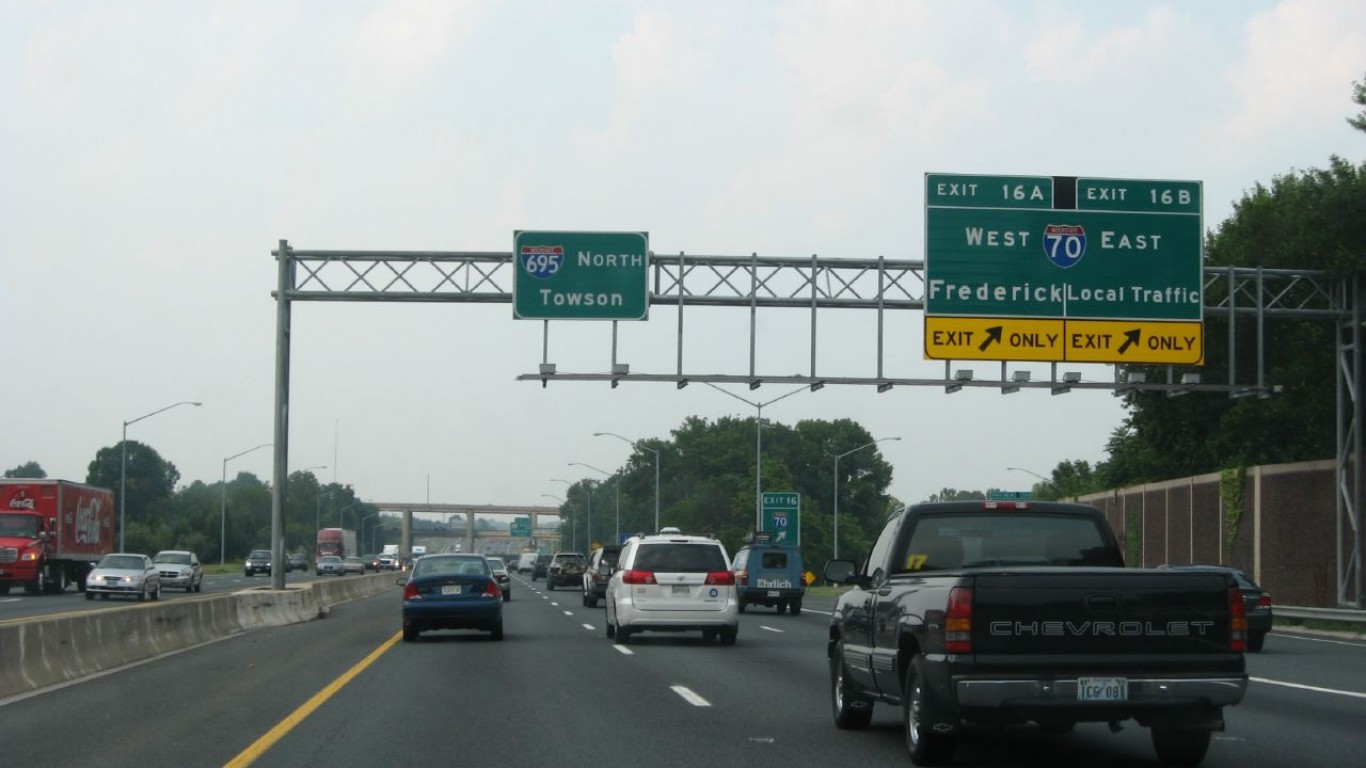
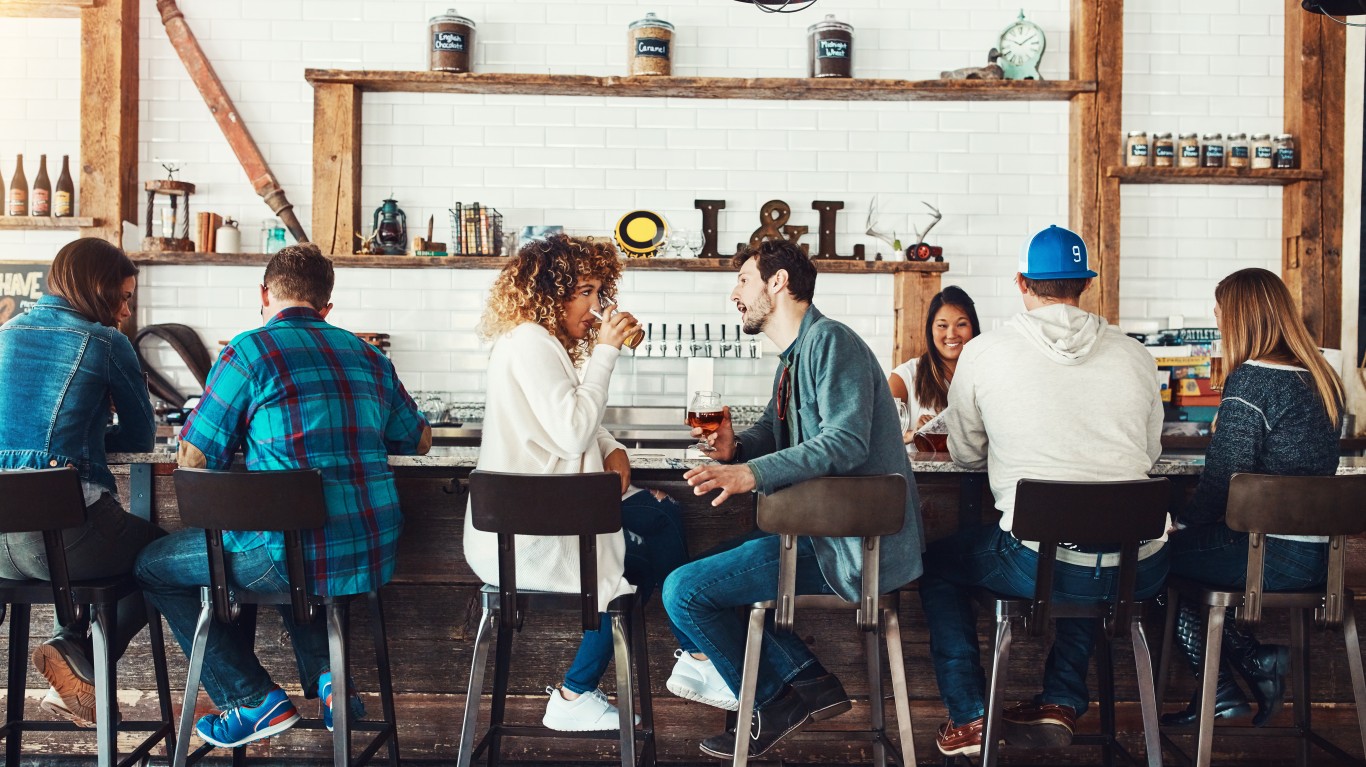 24/7 Wall St.
24/7 Wall St.
